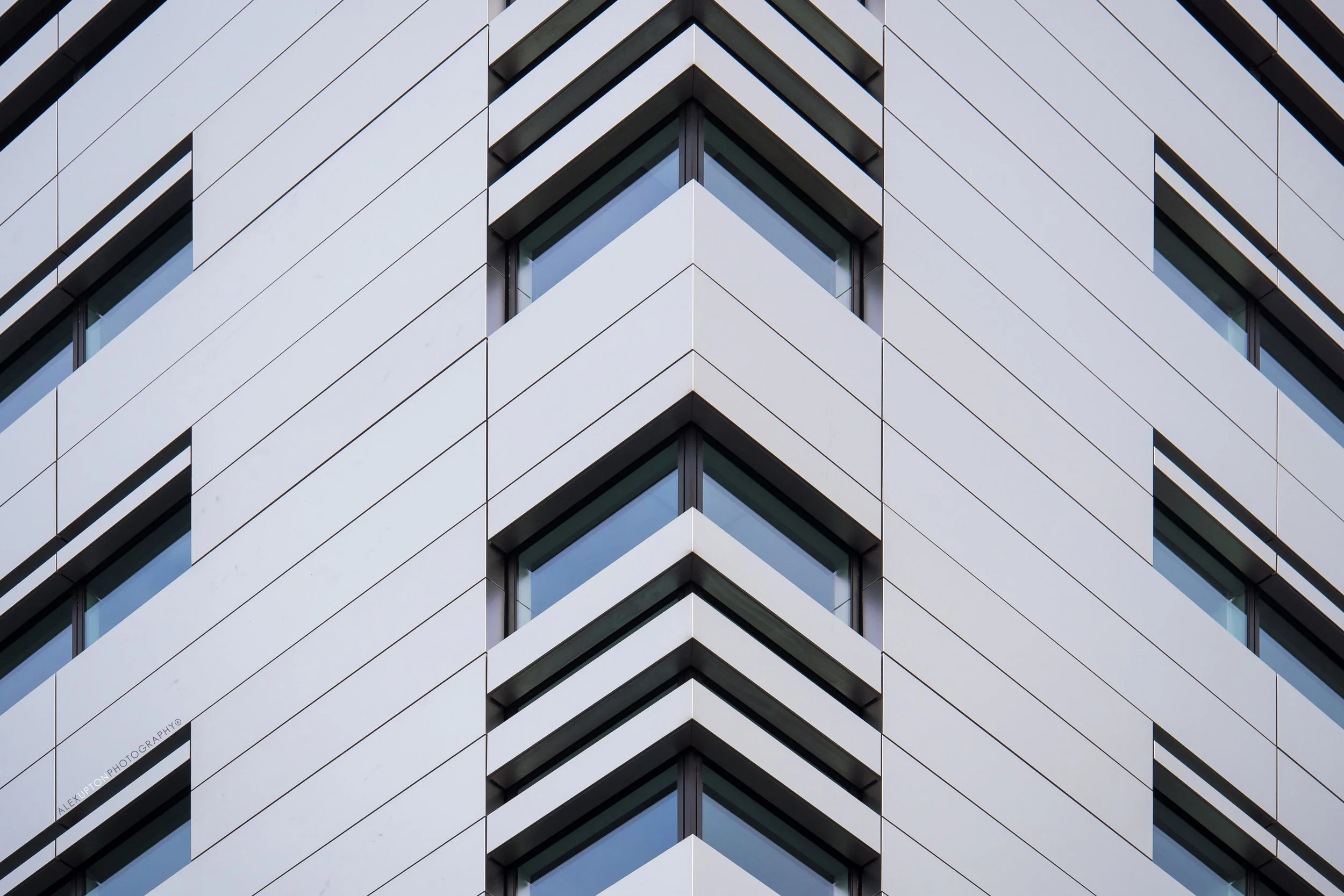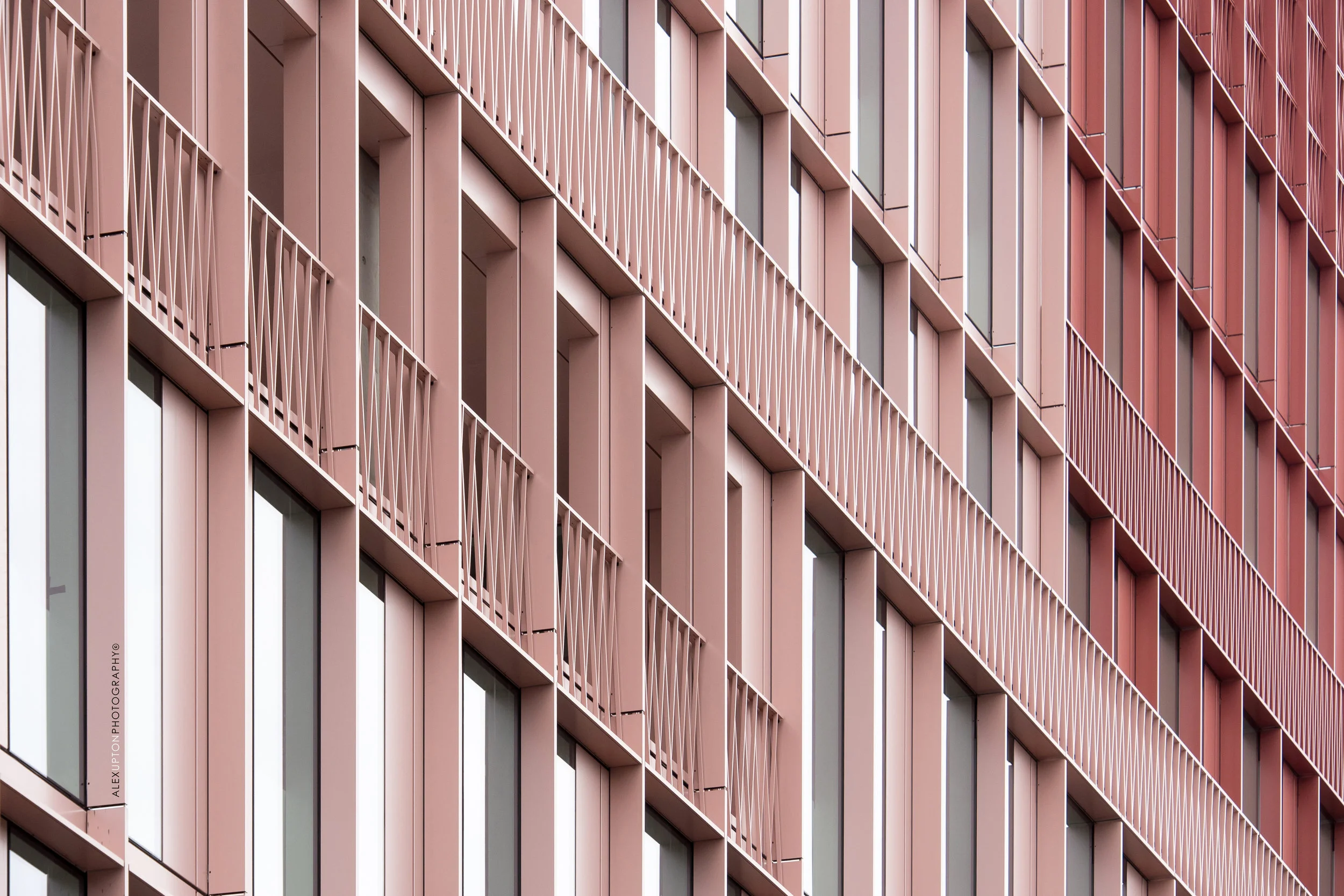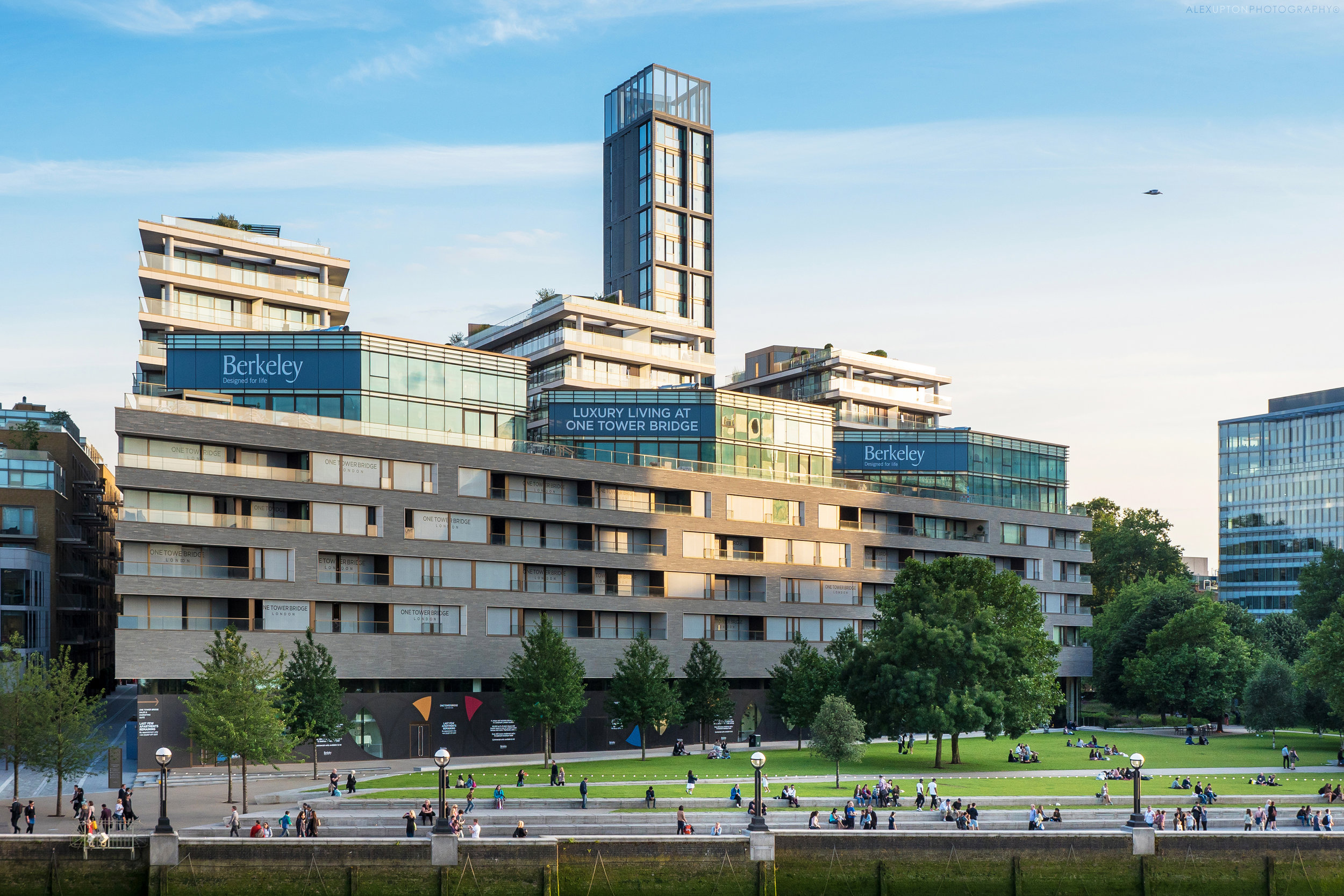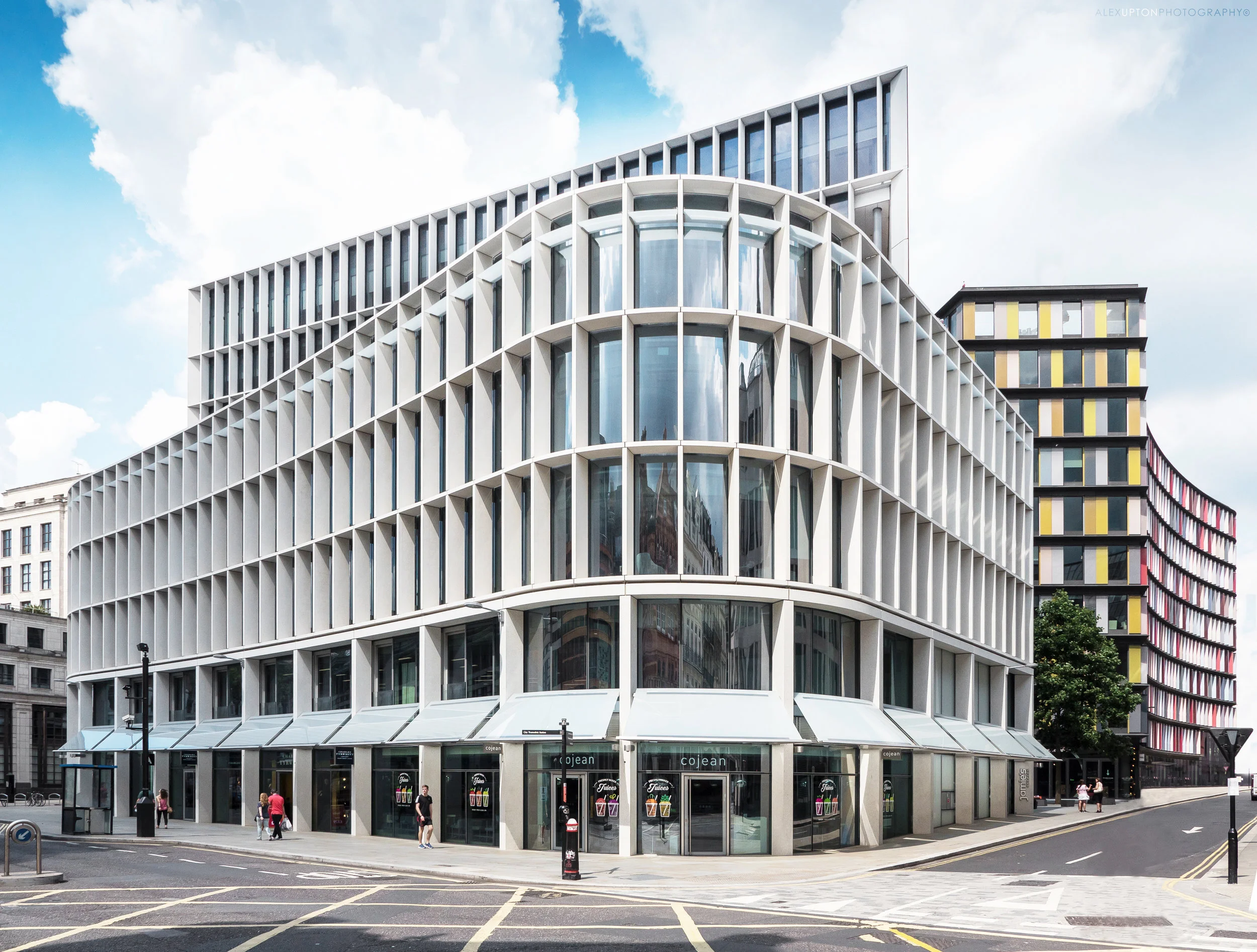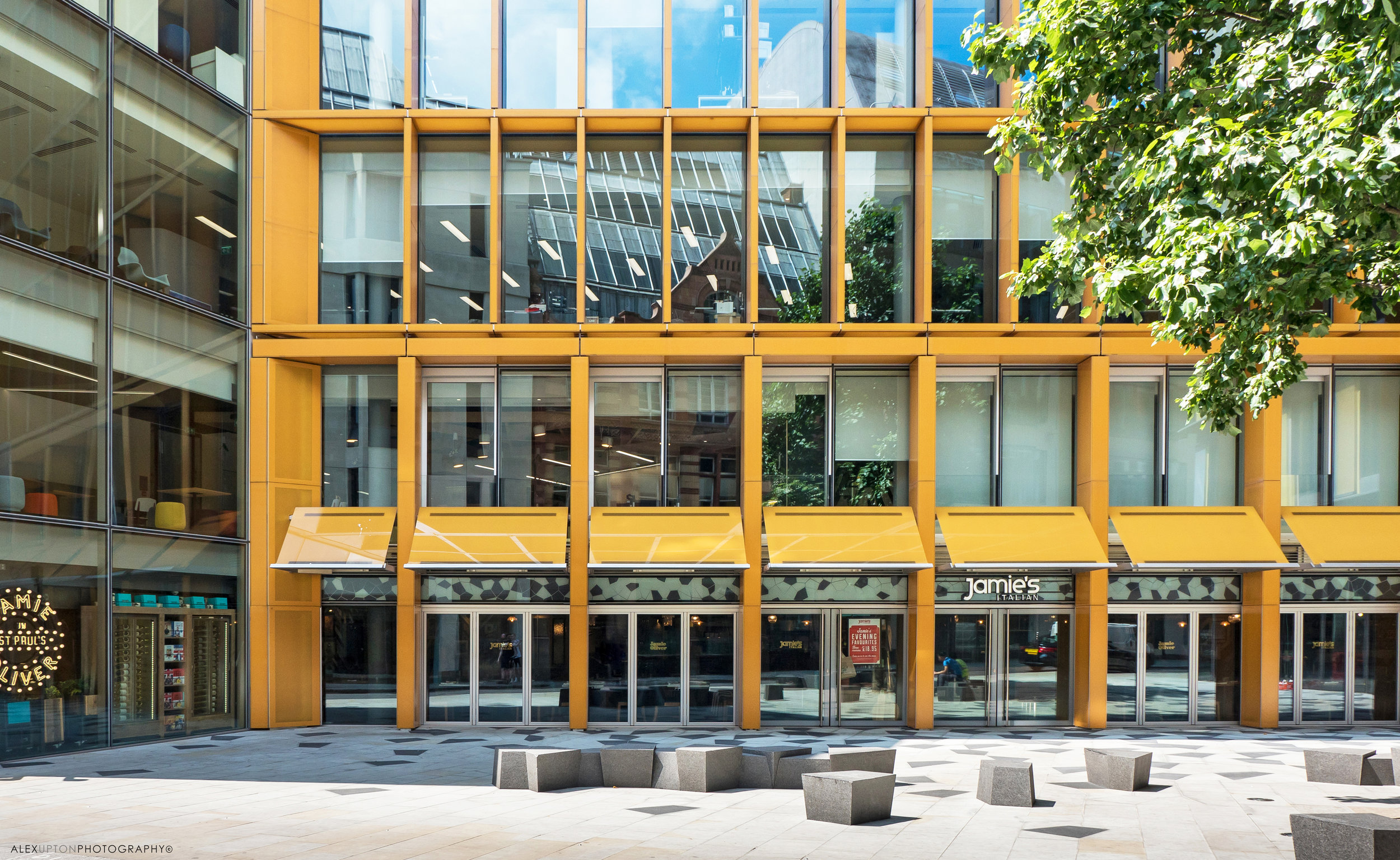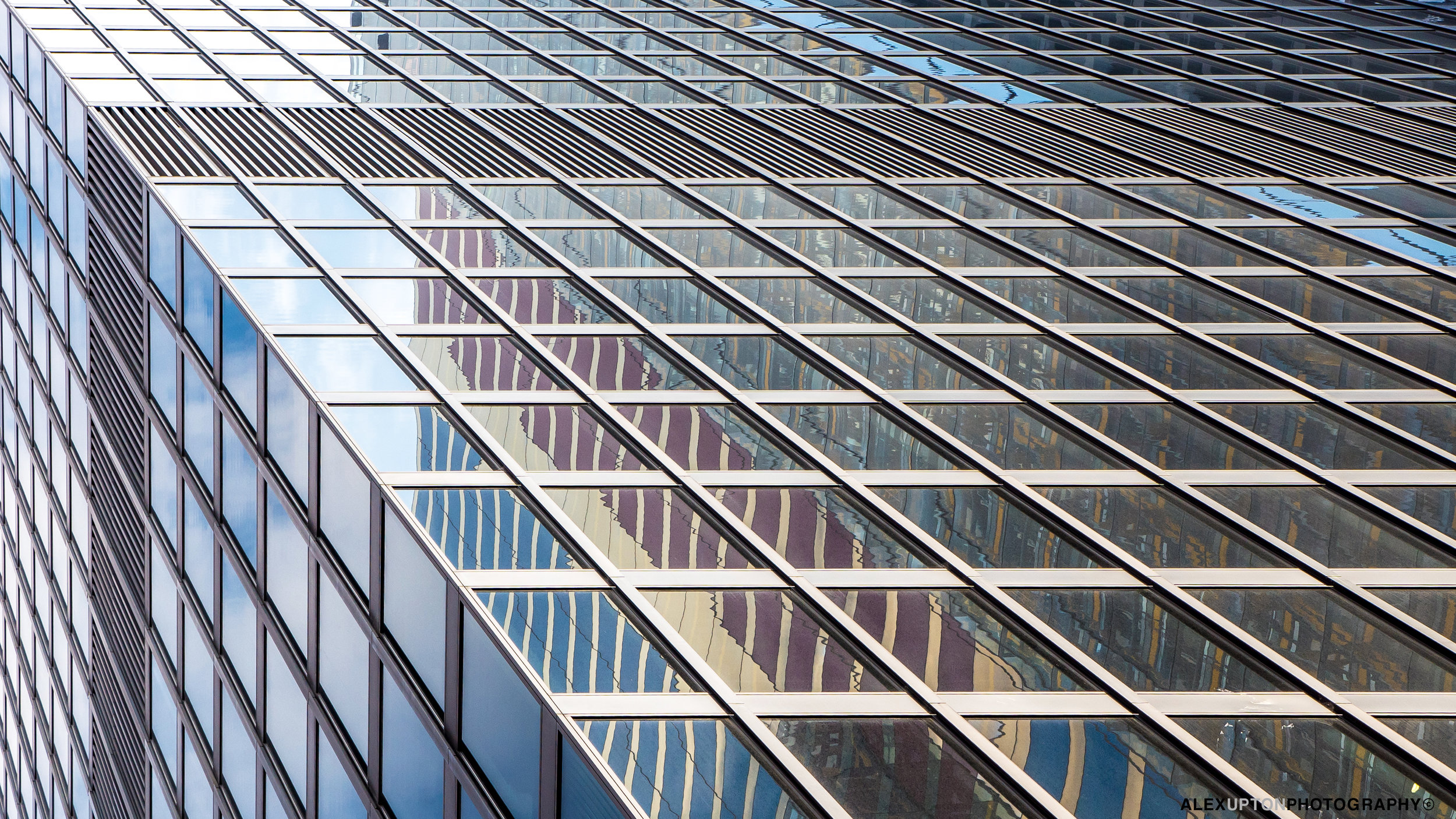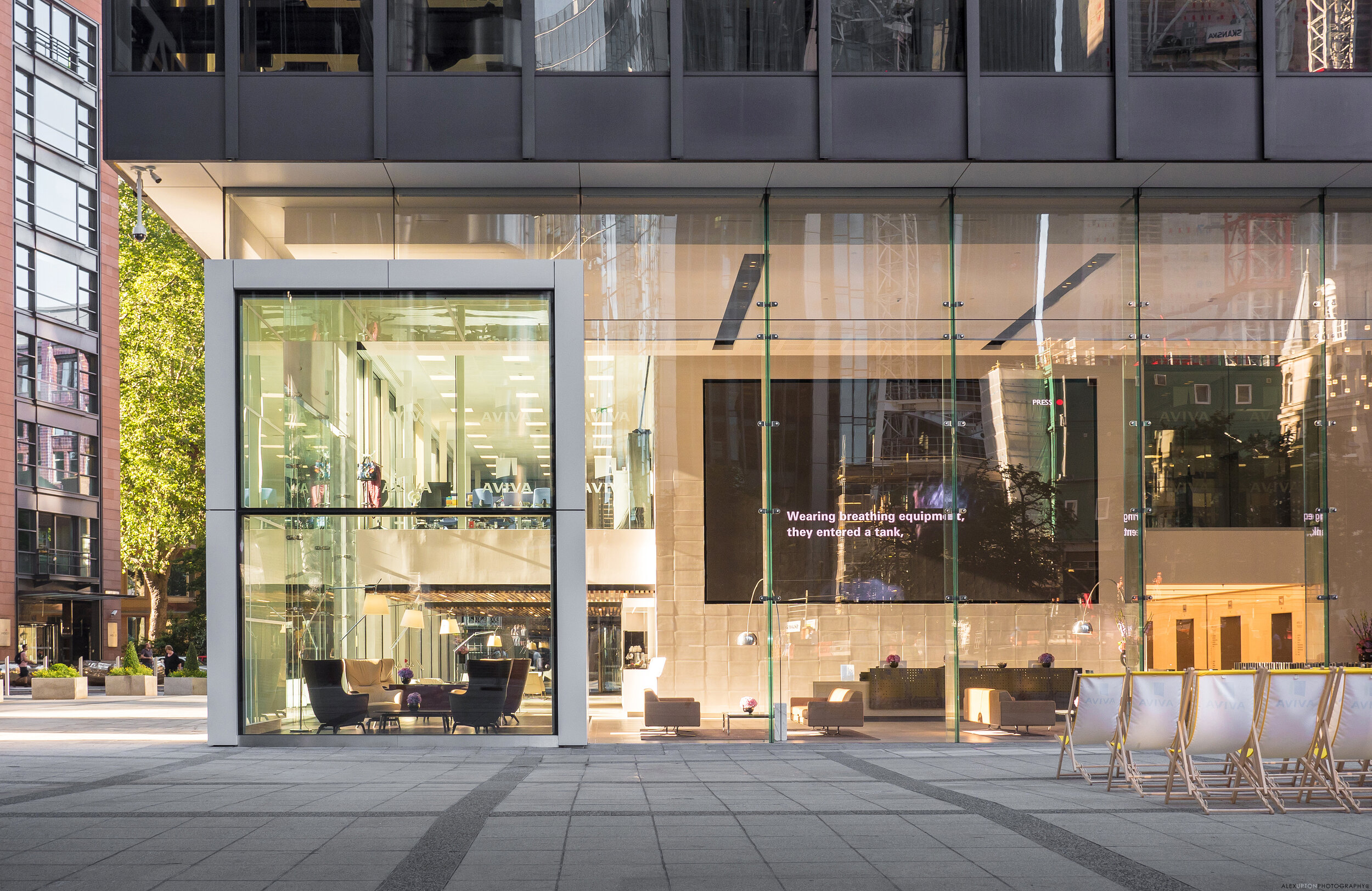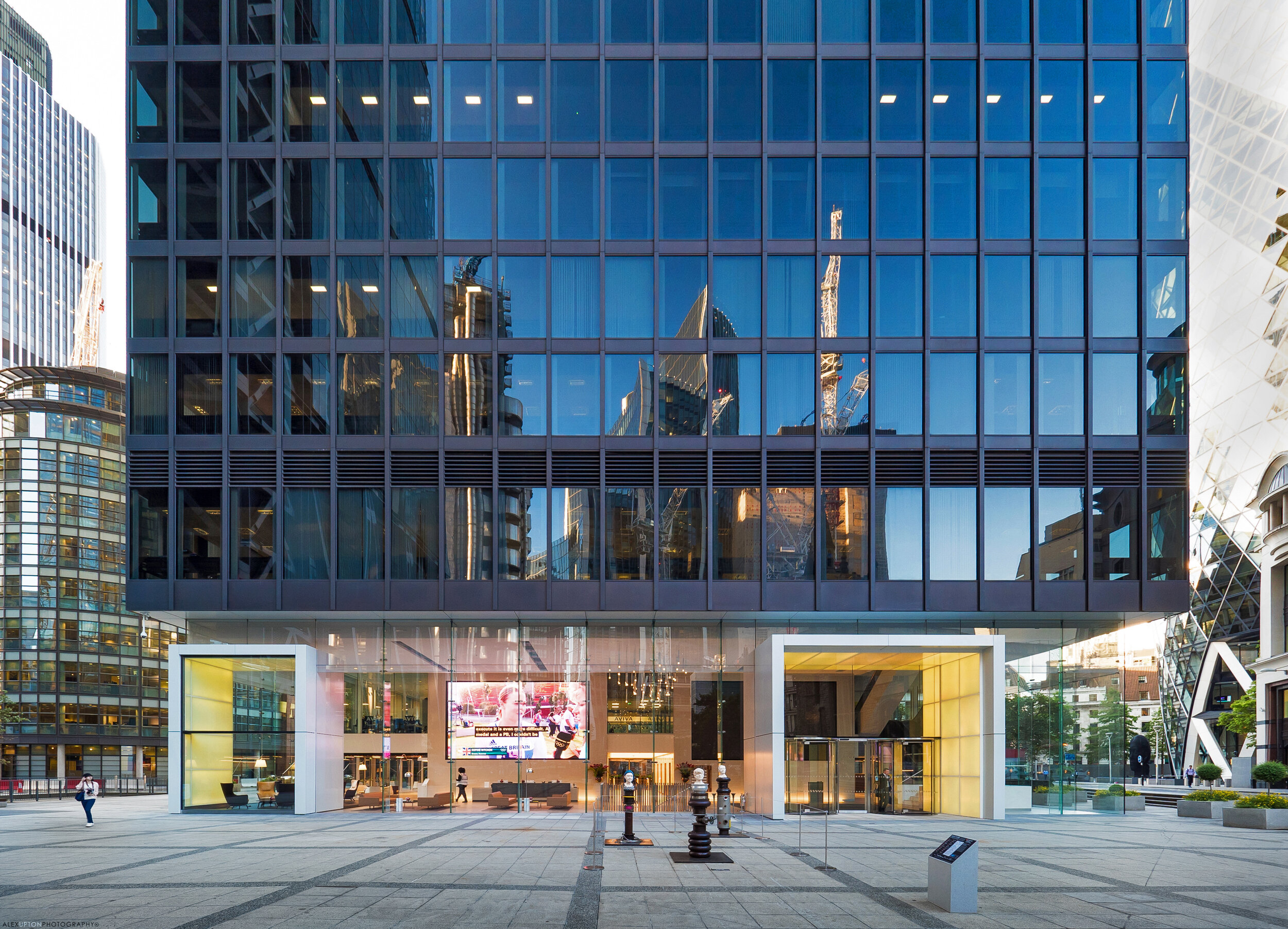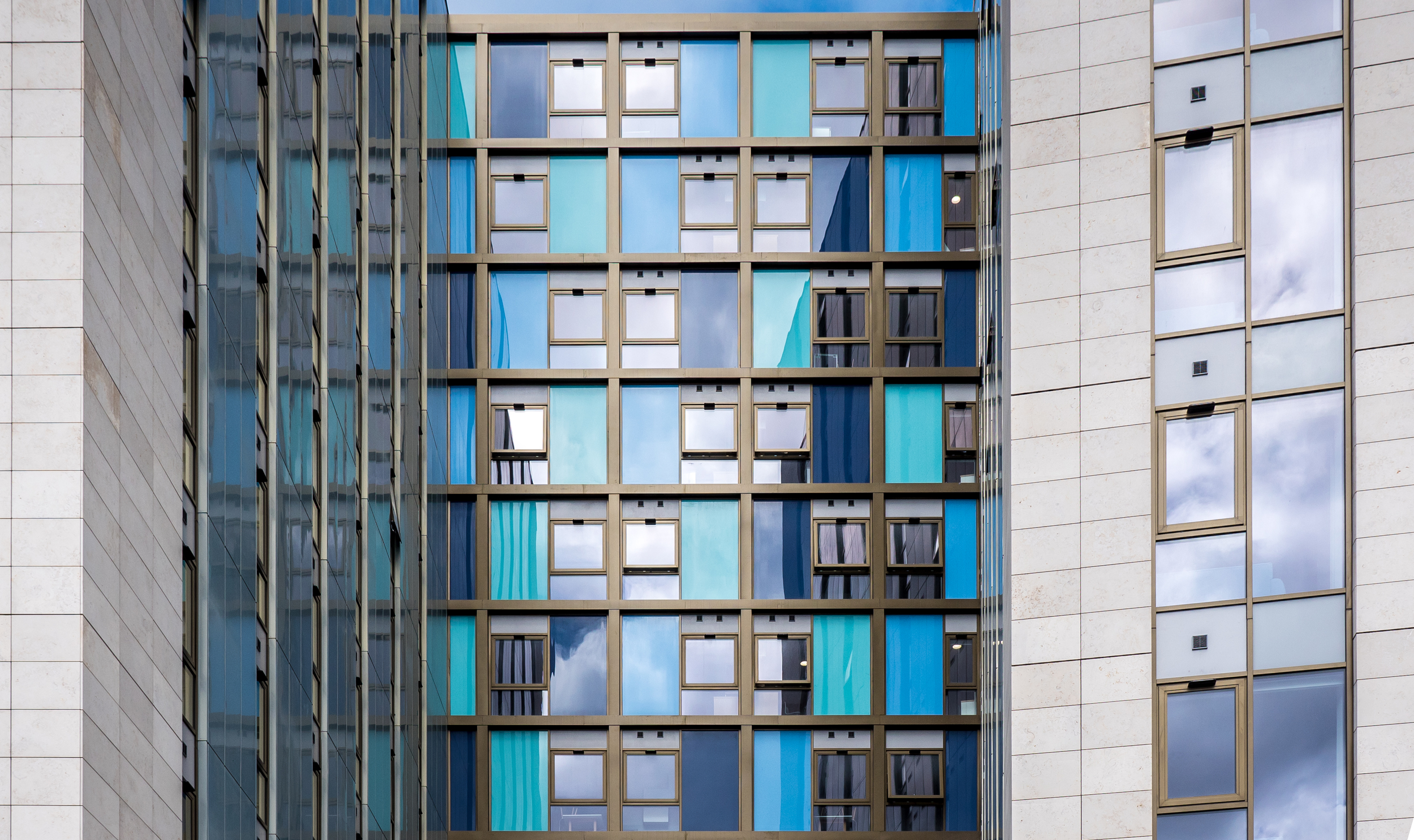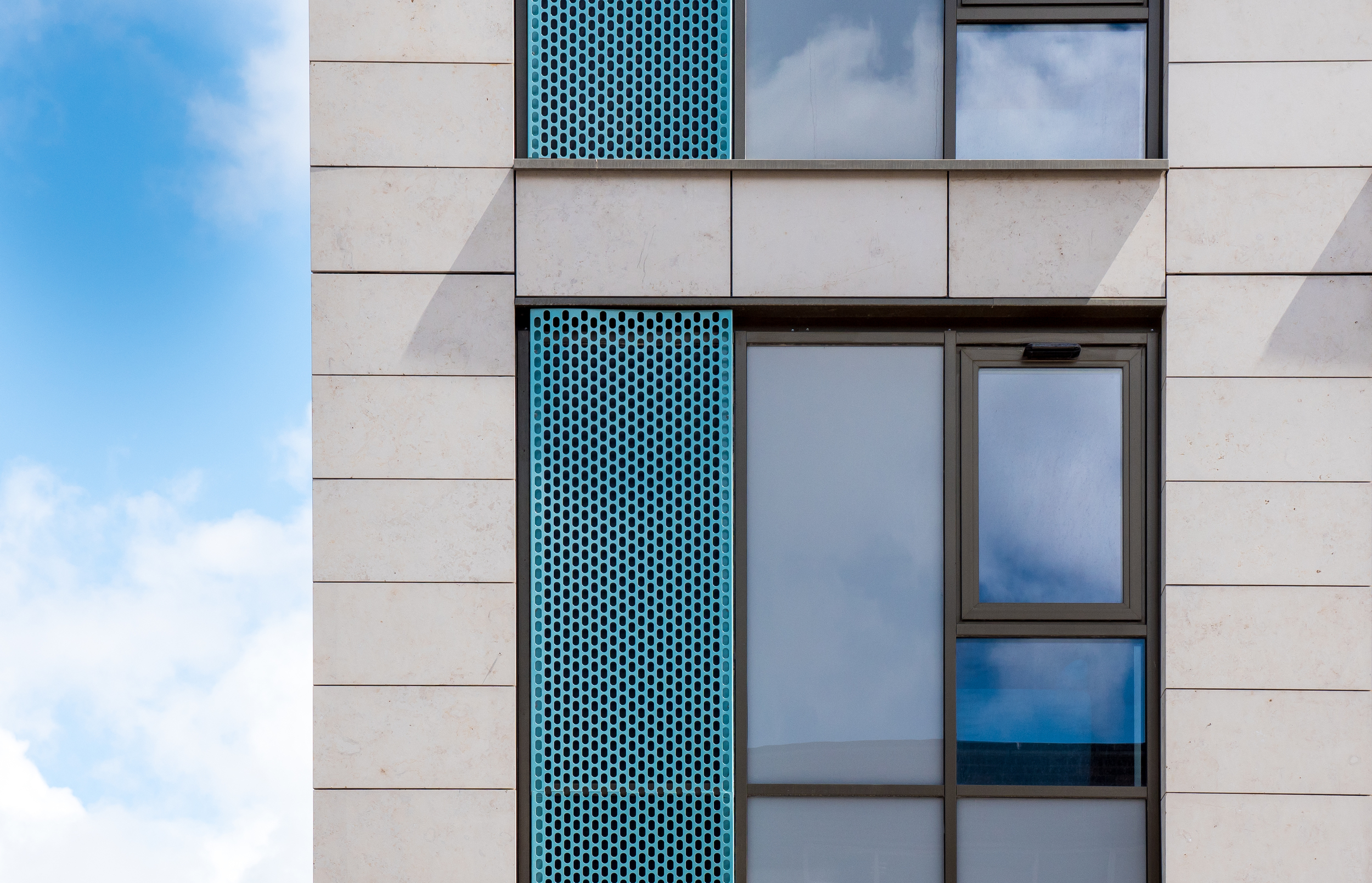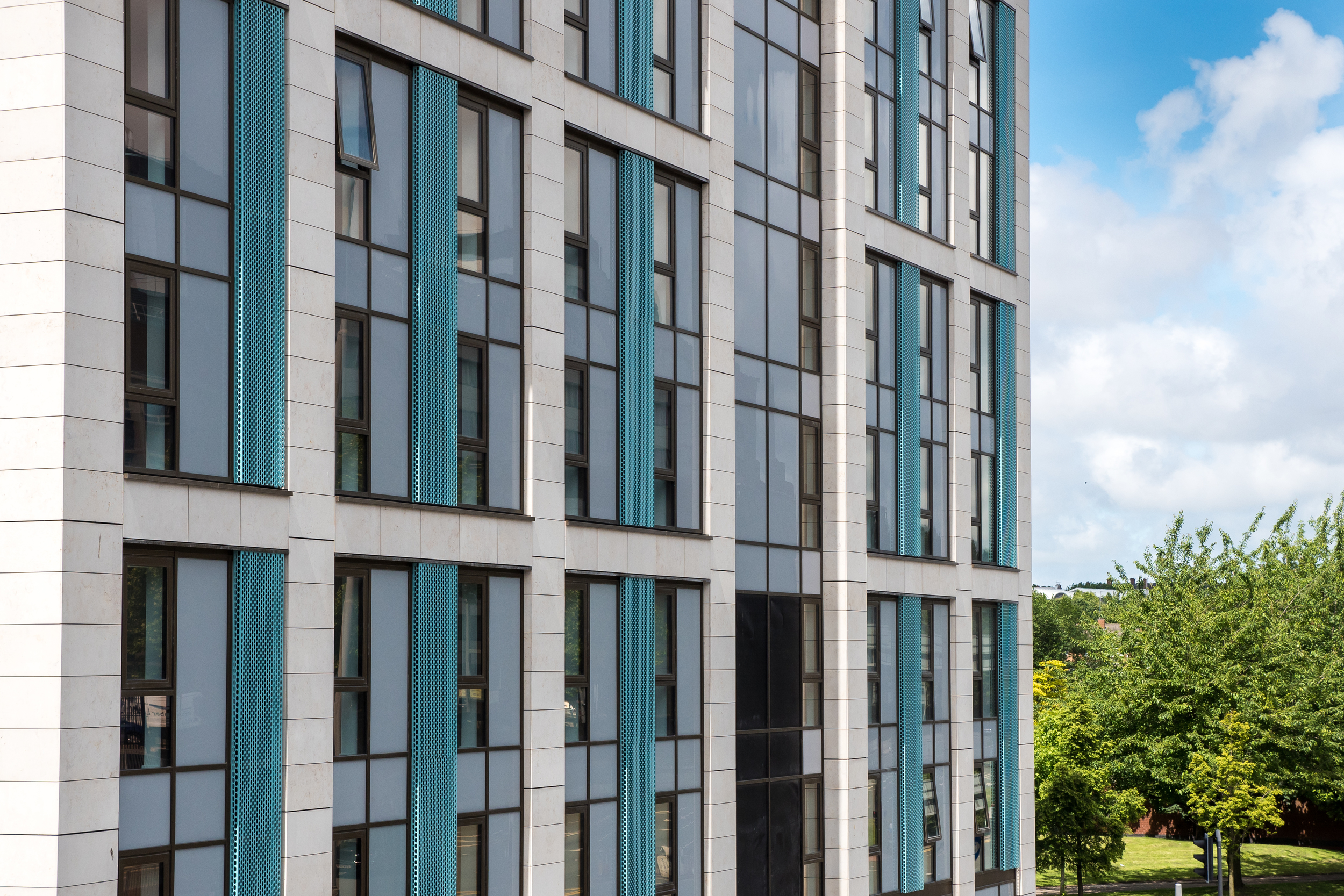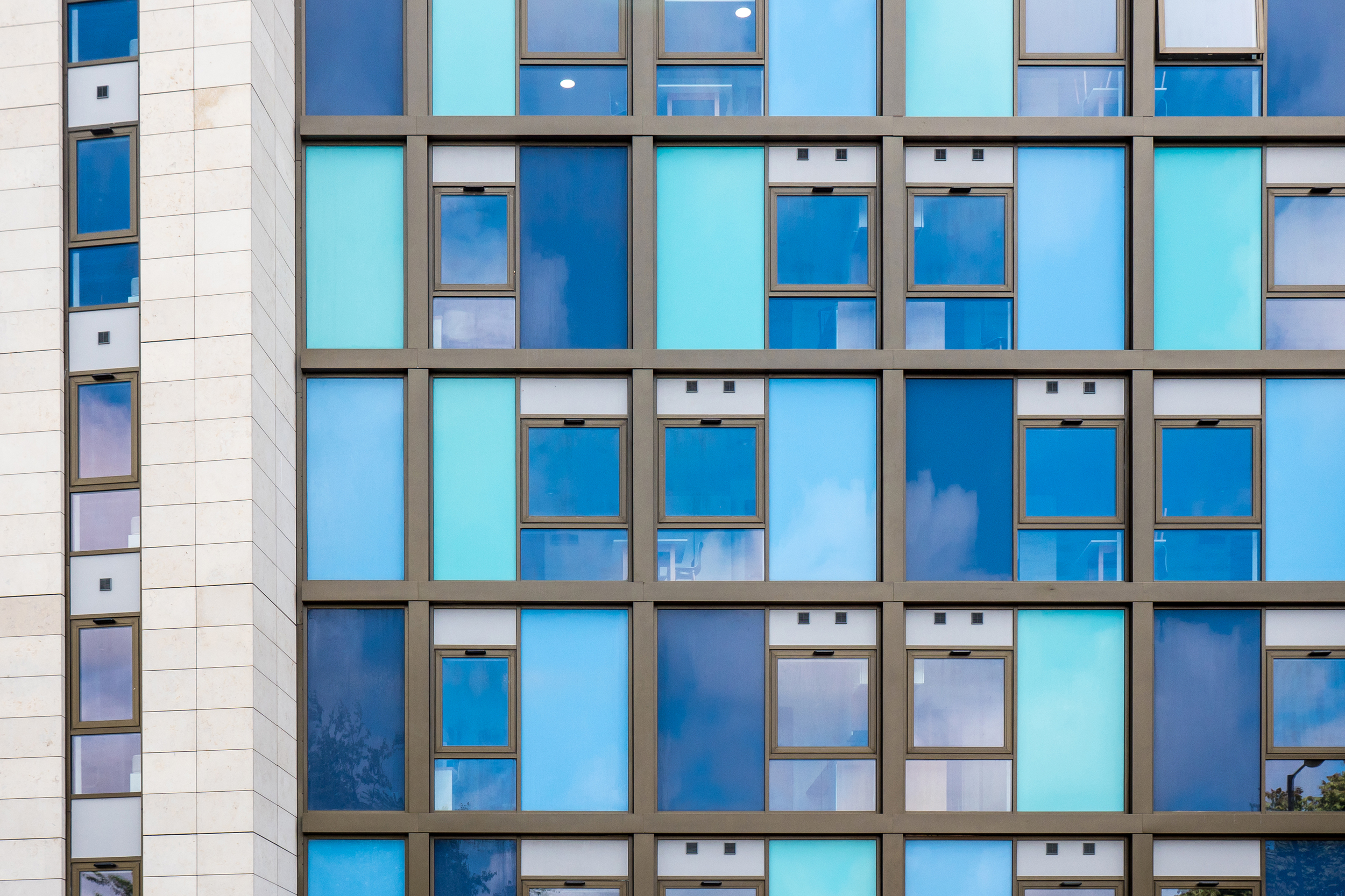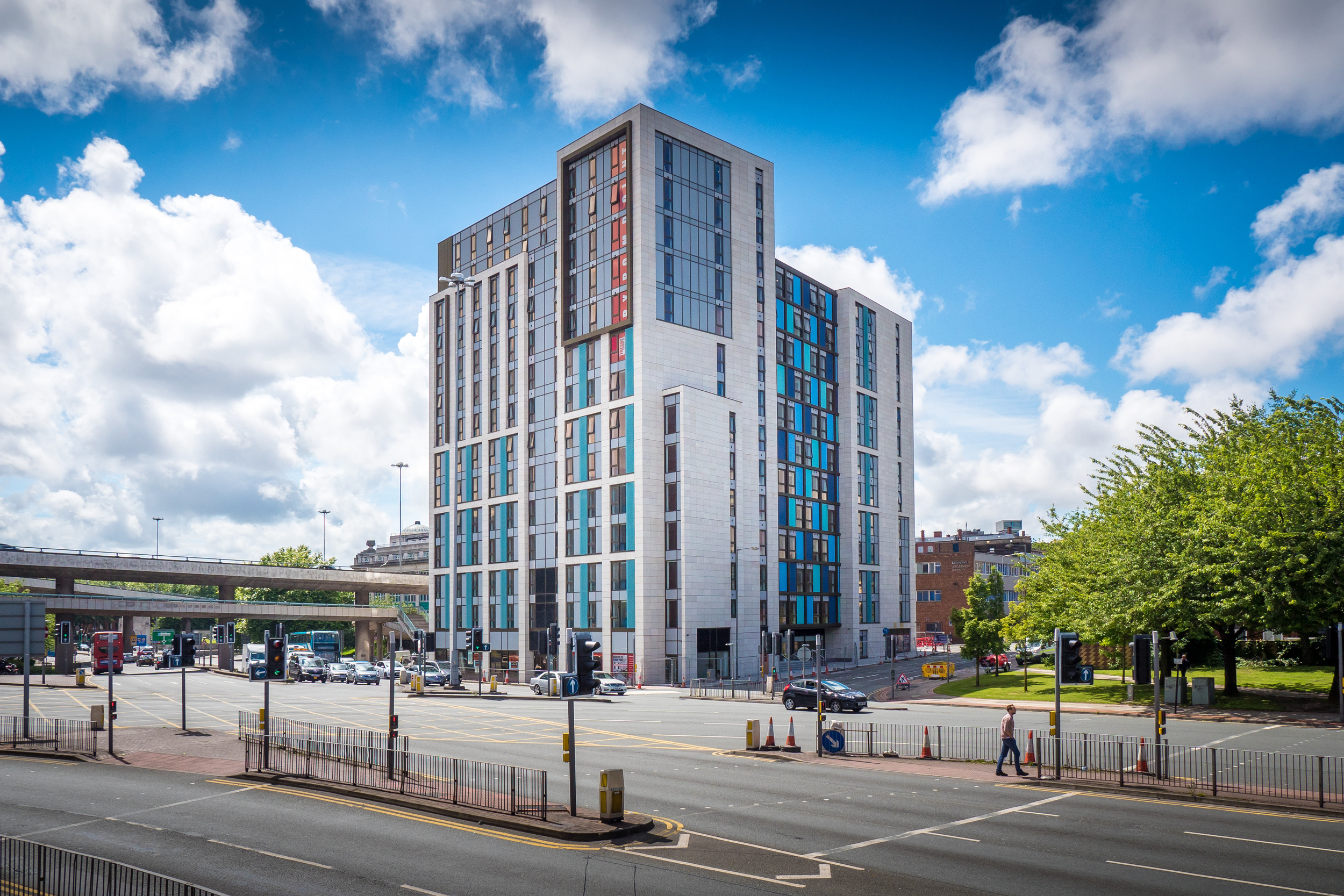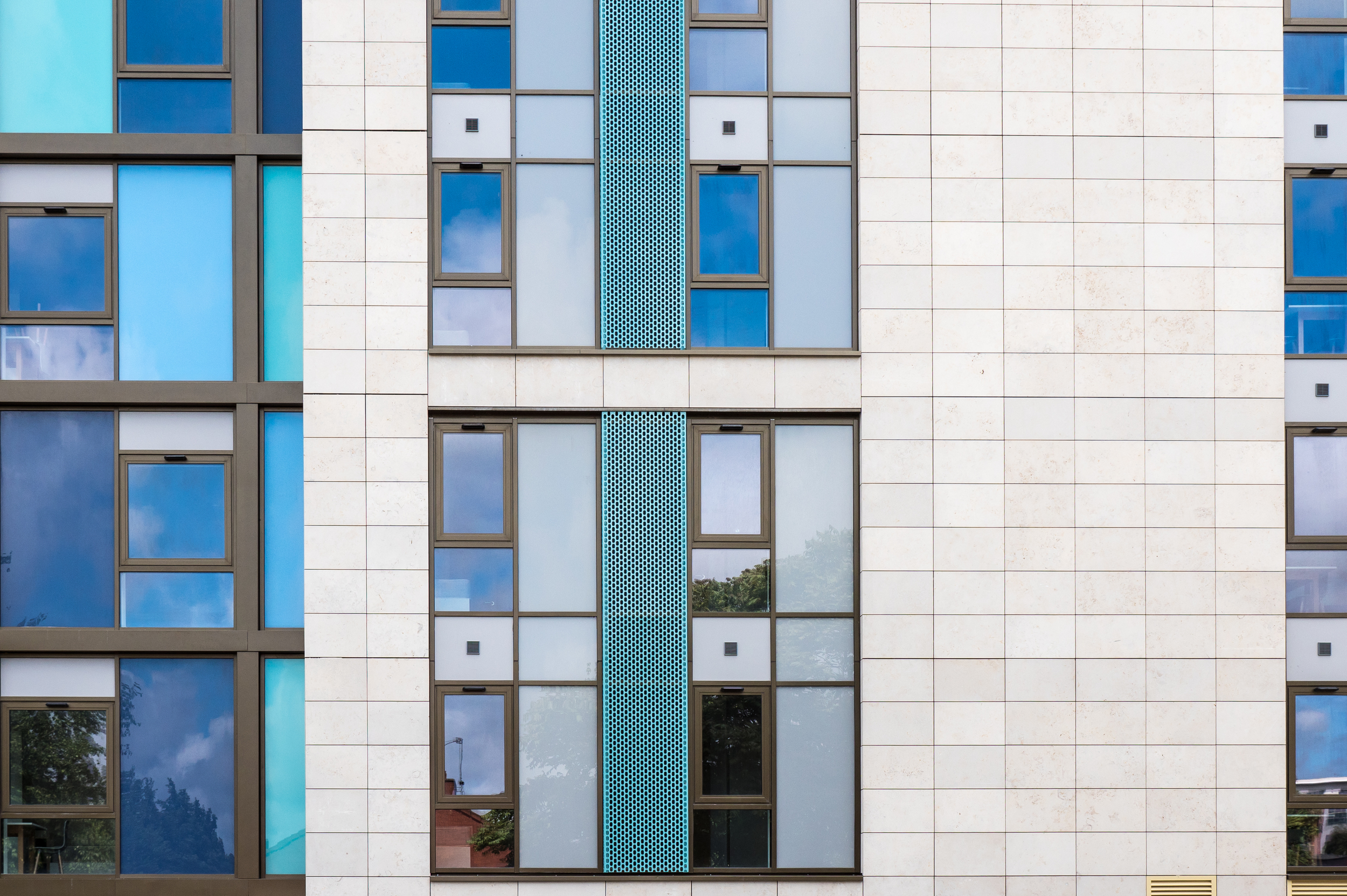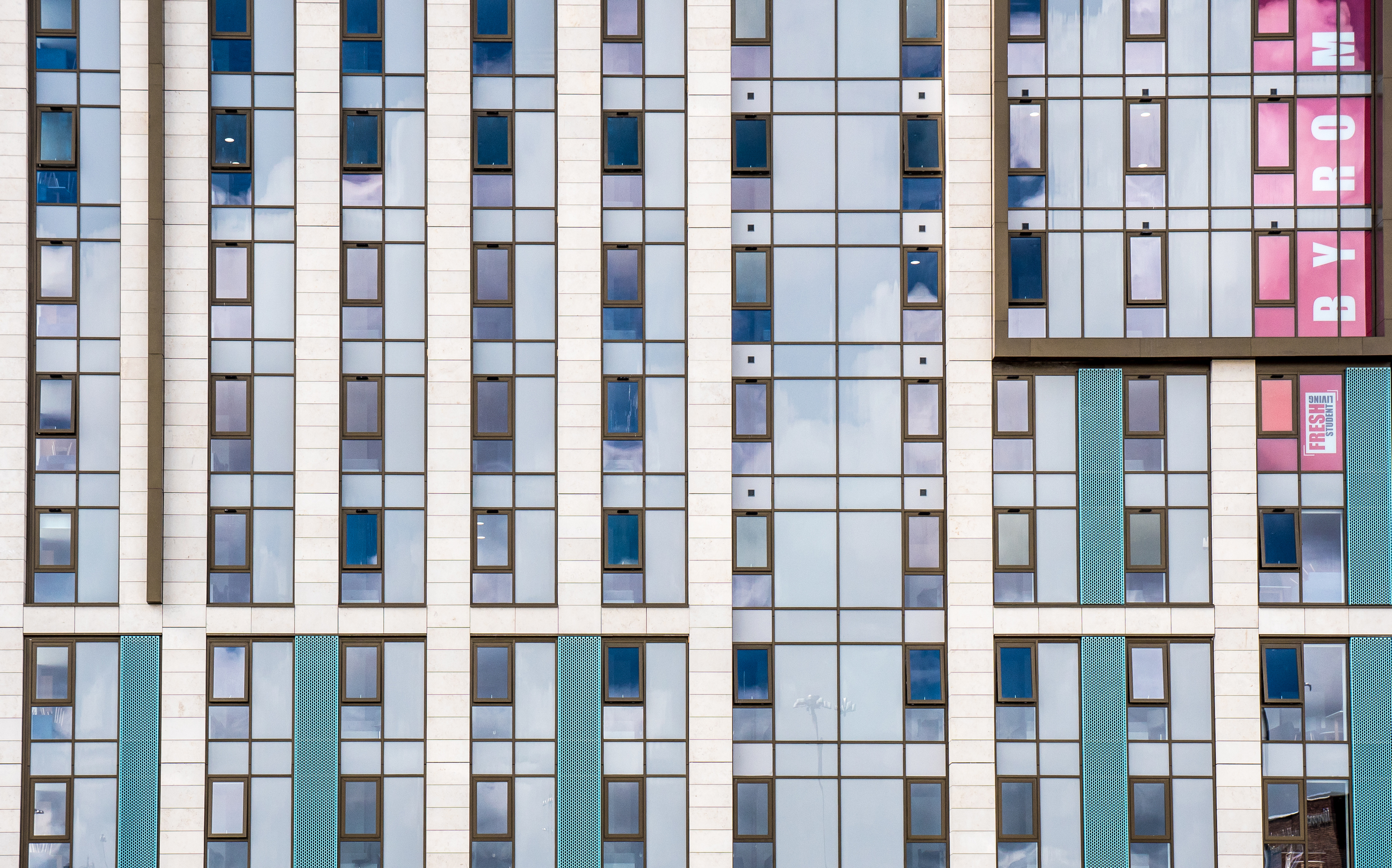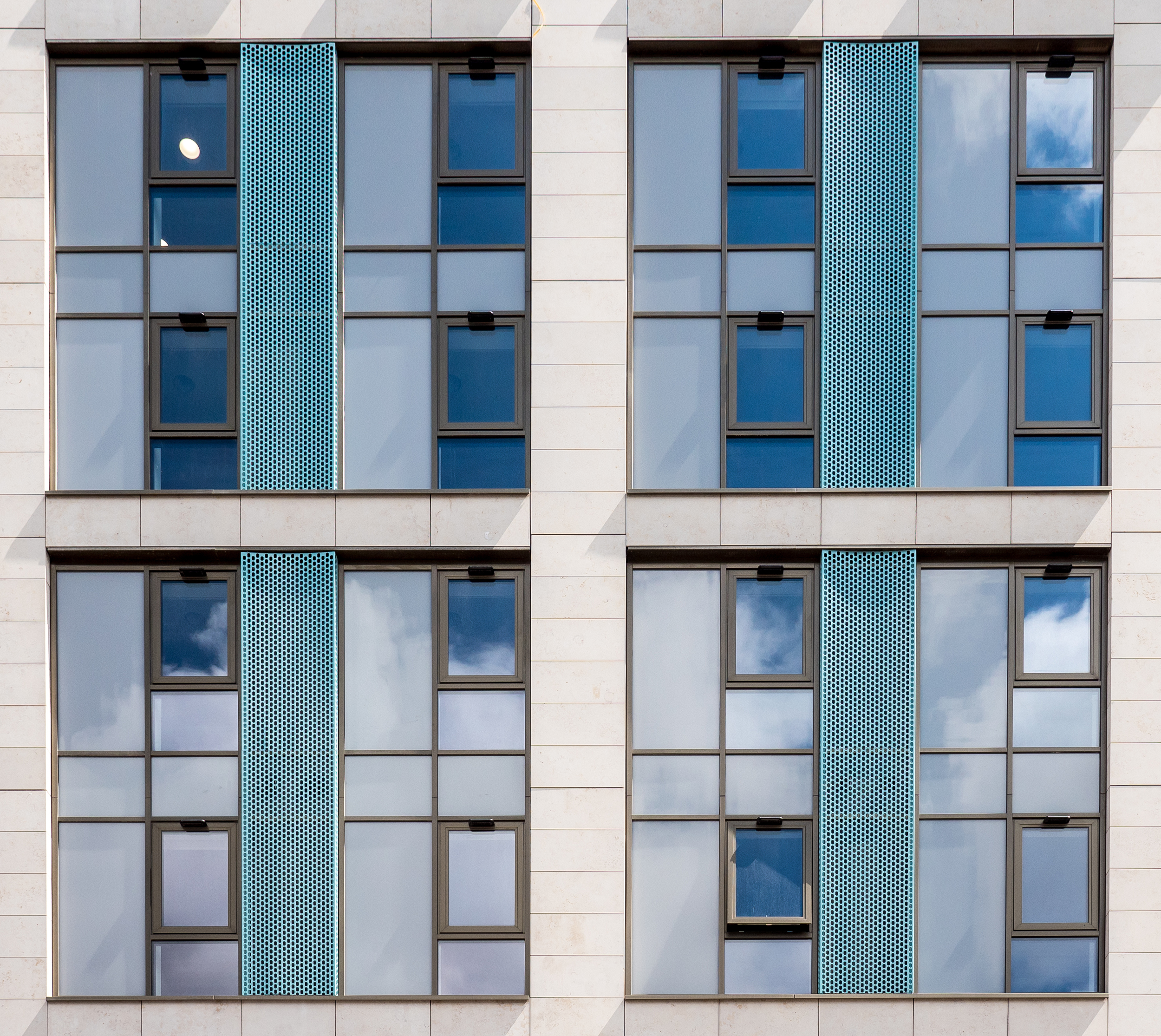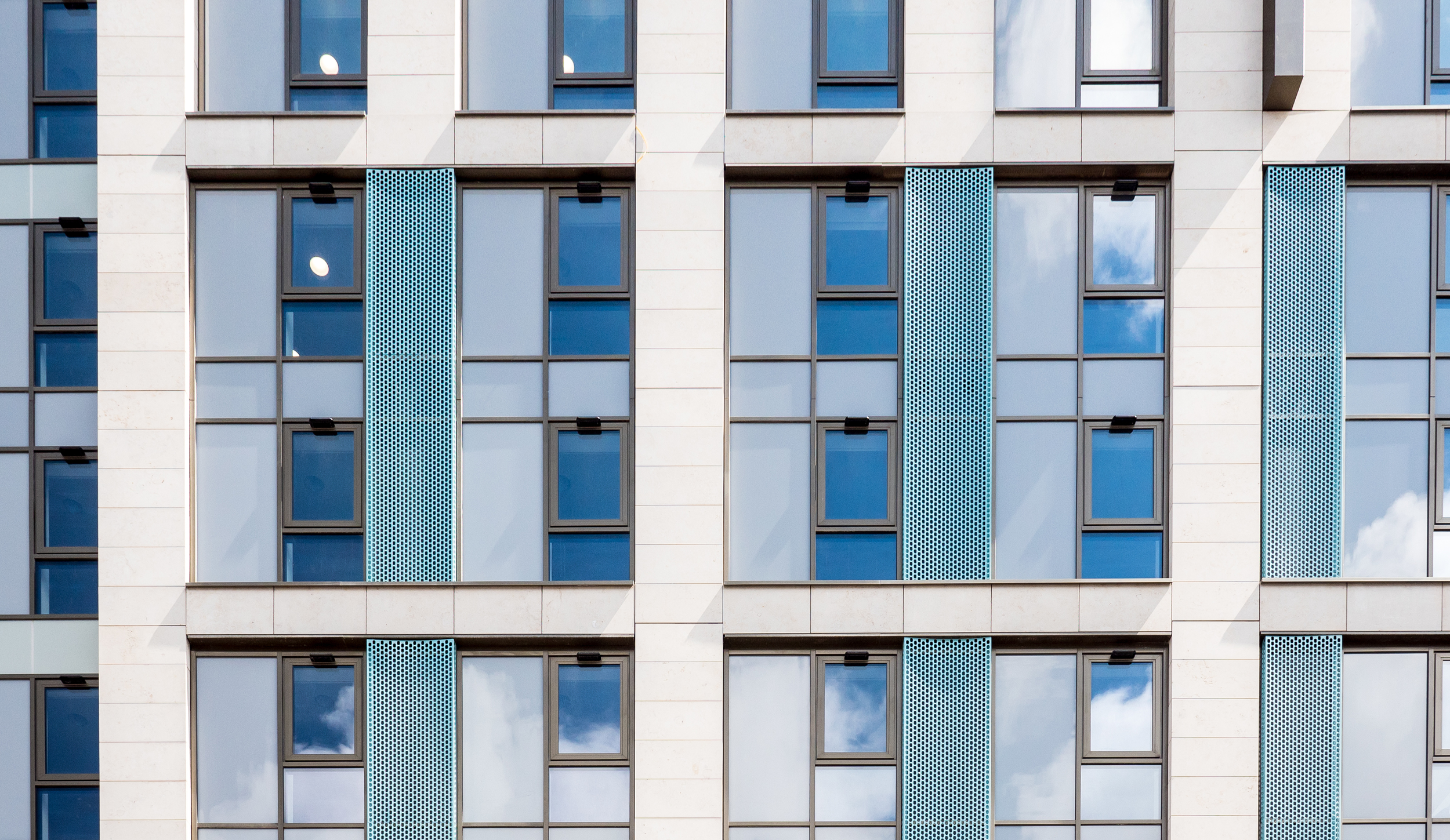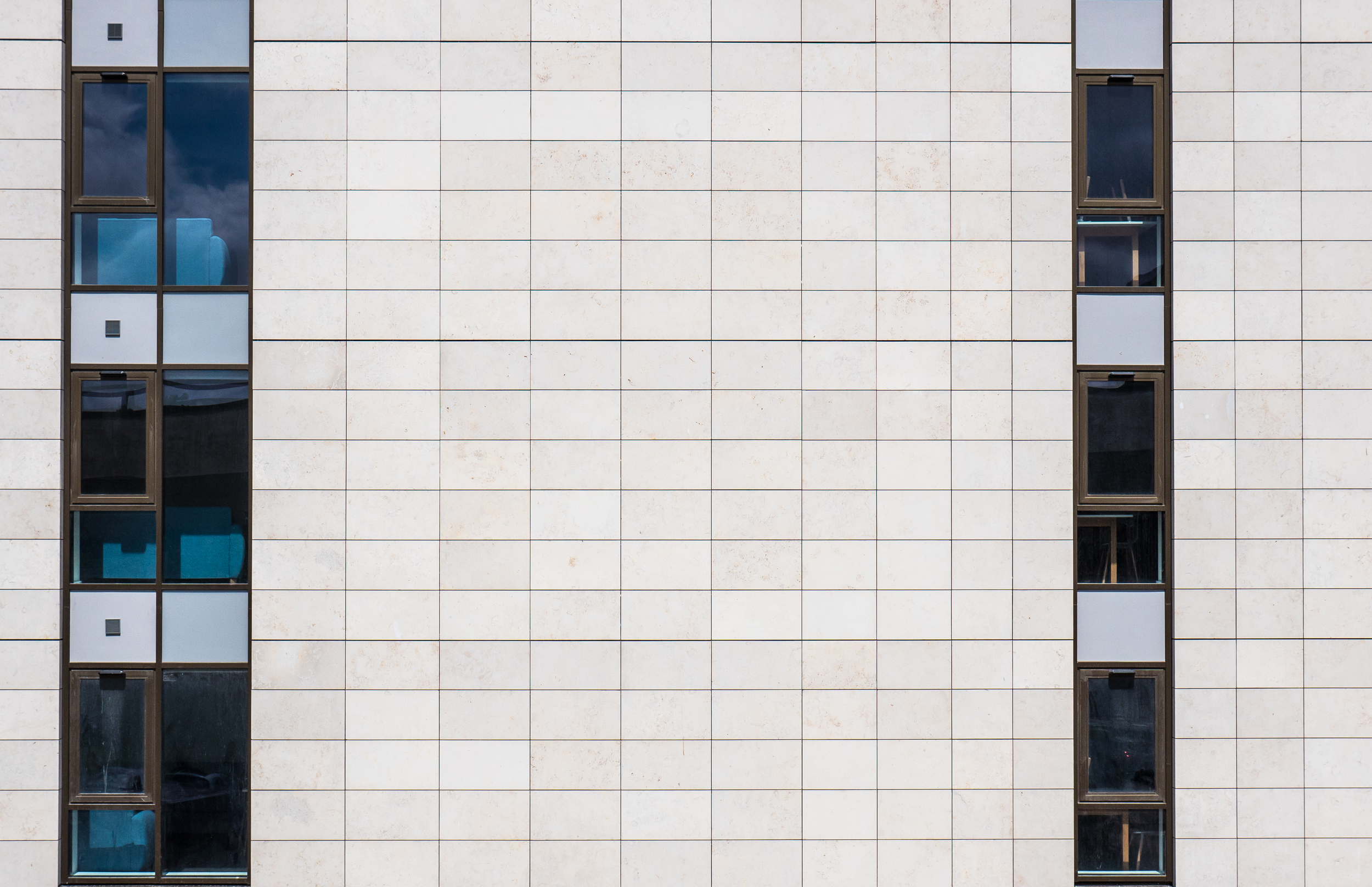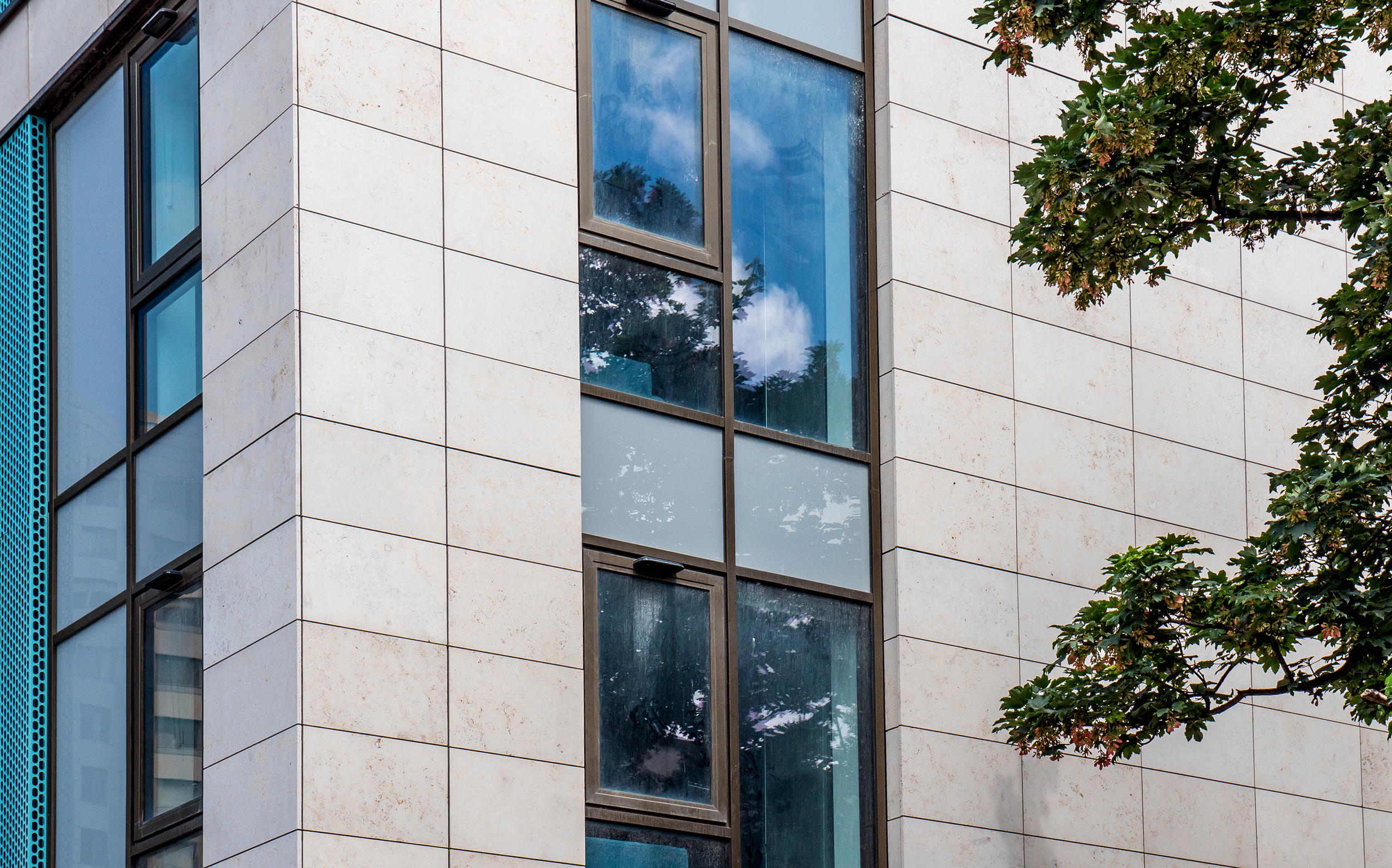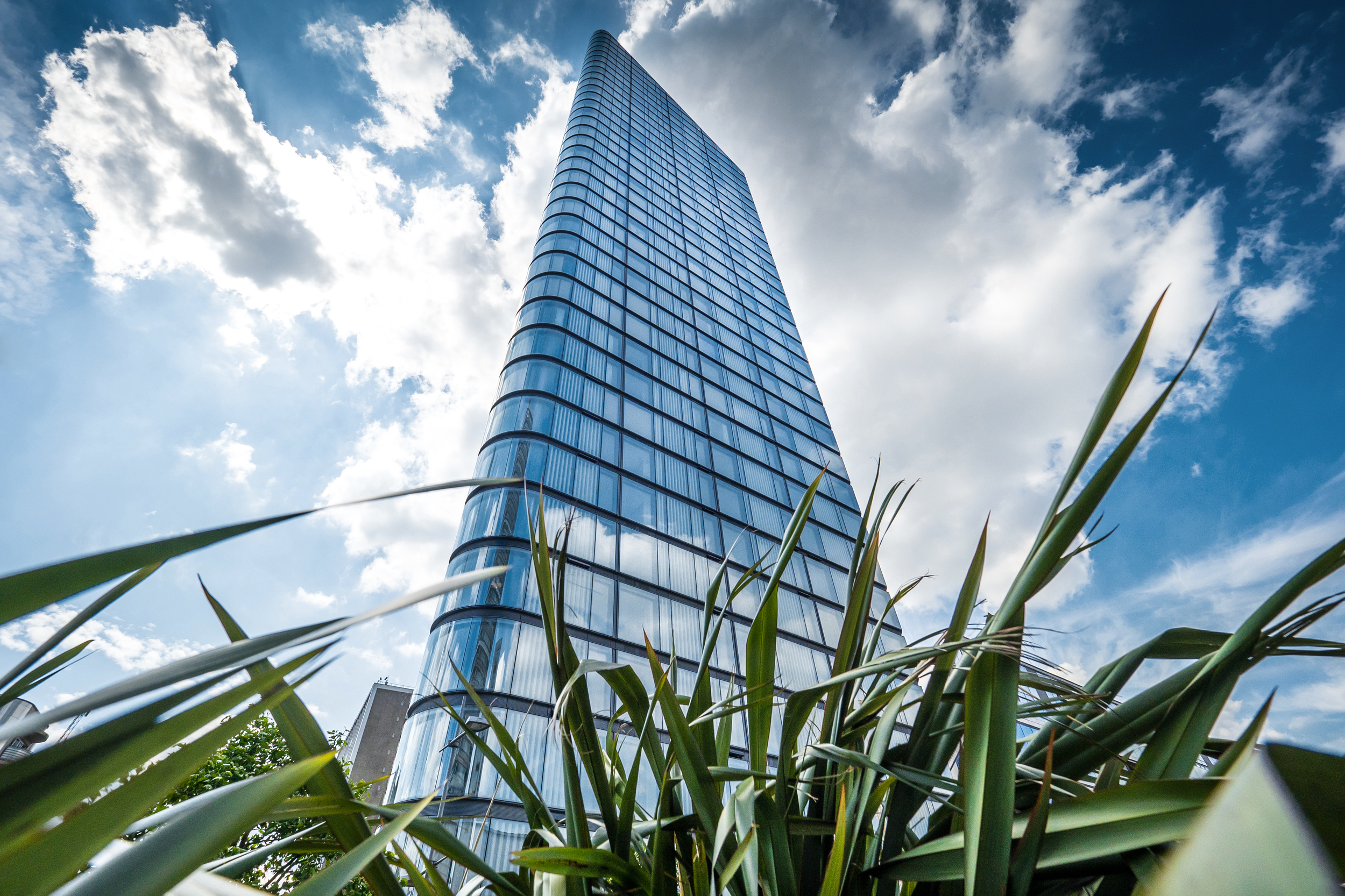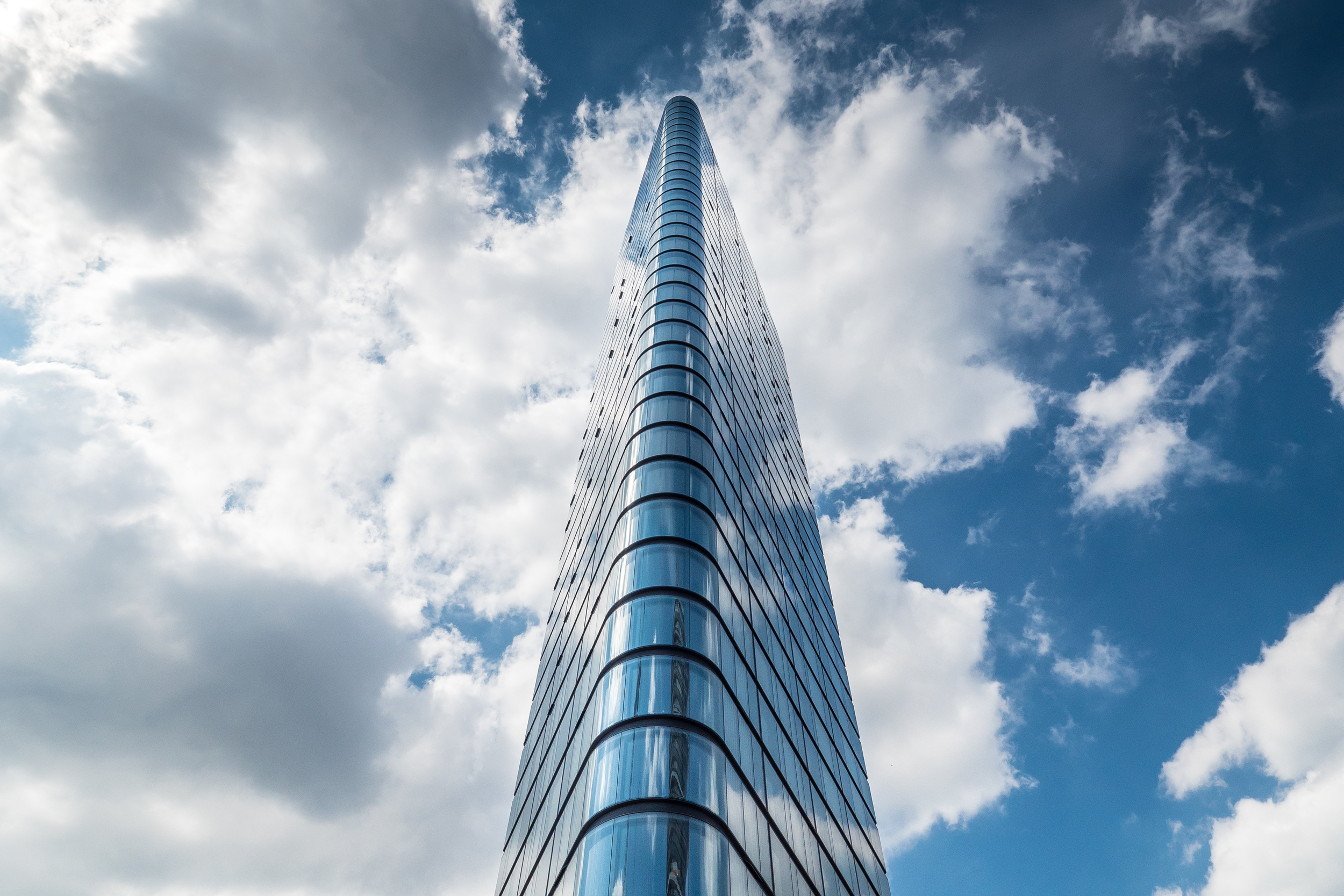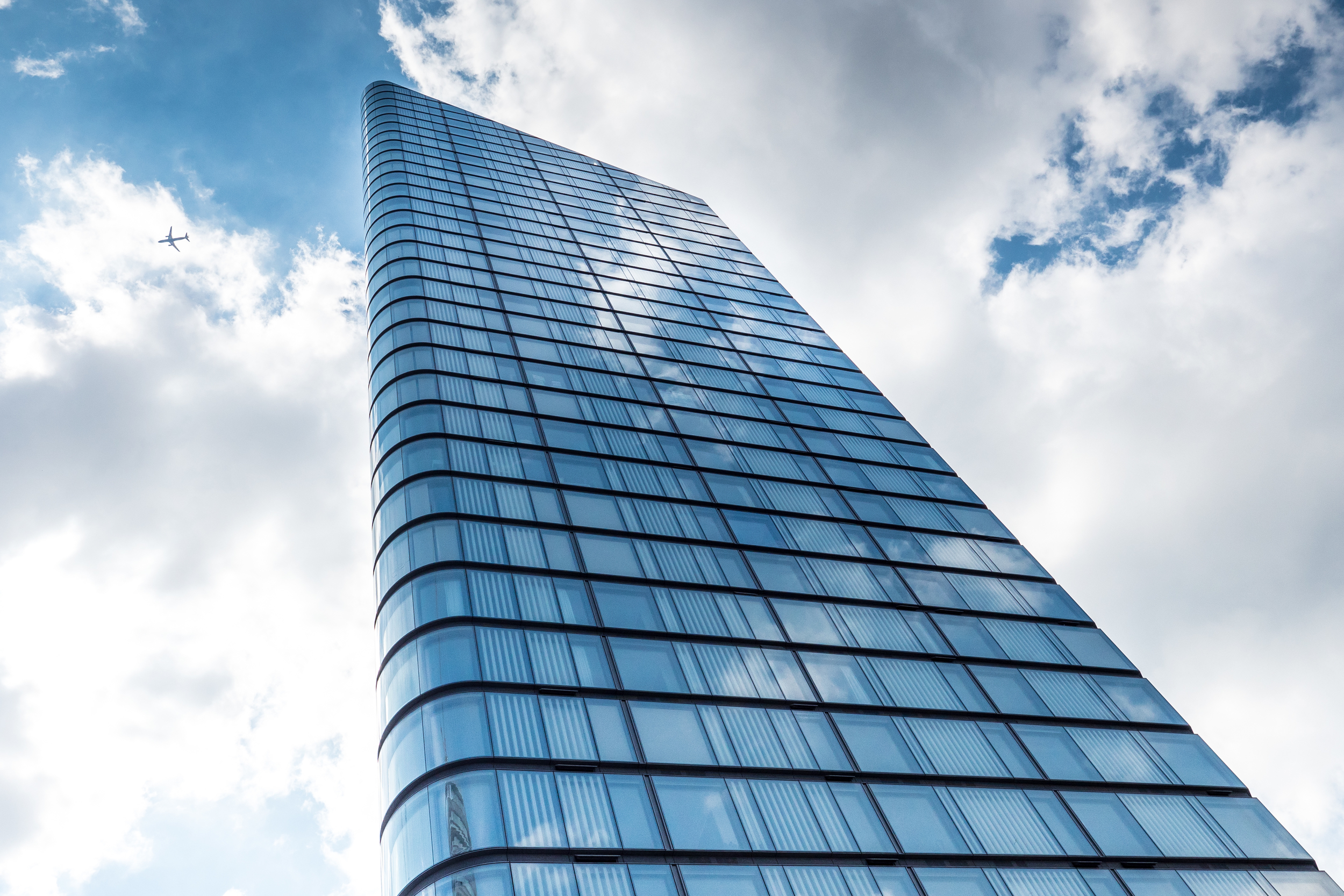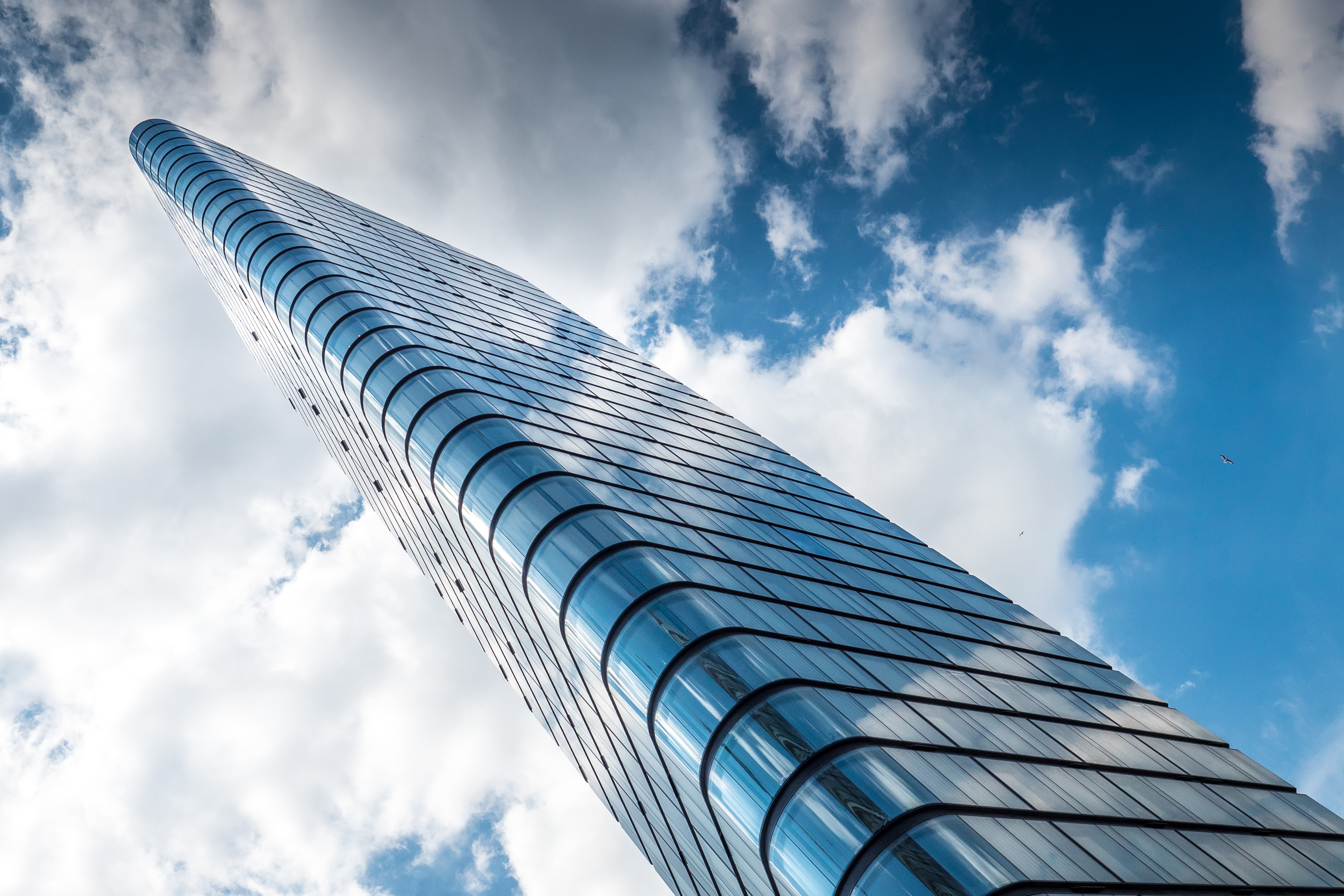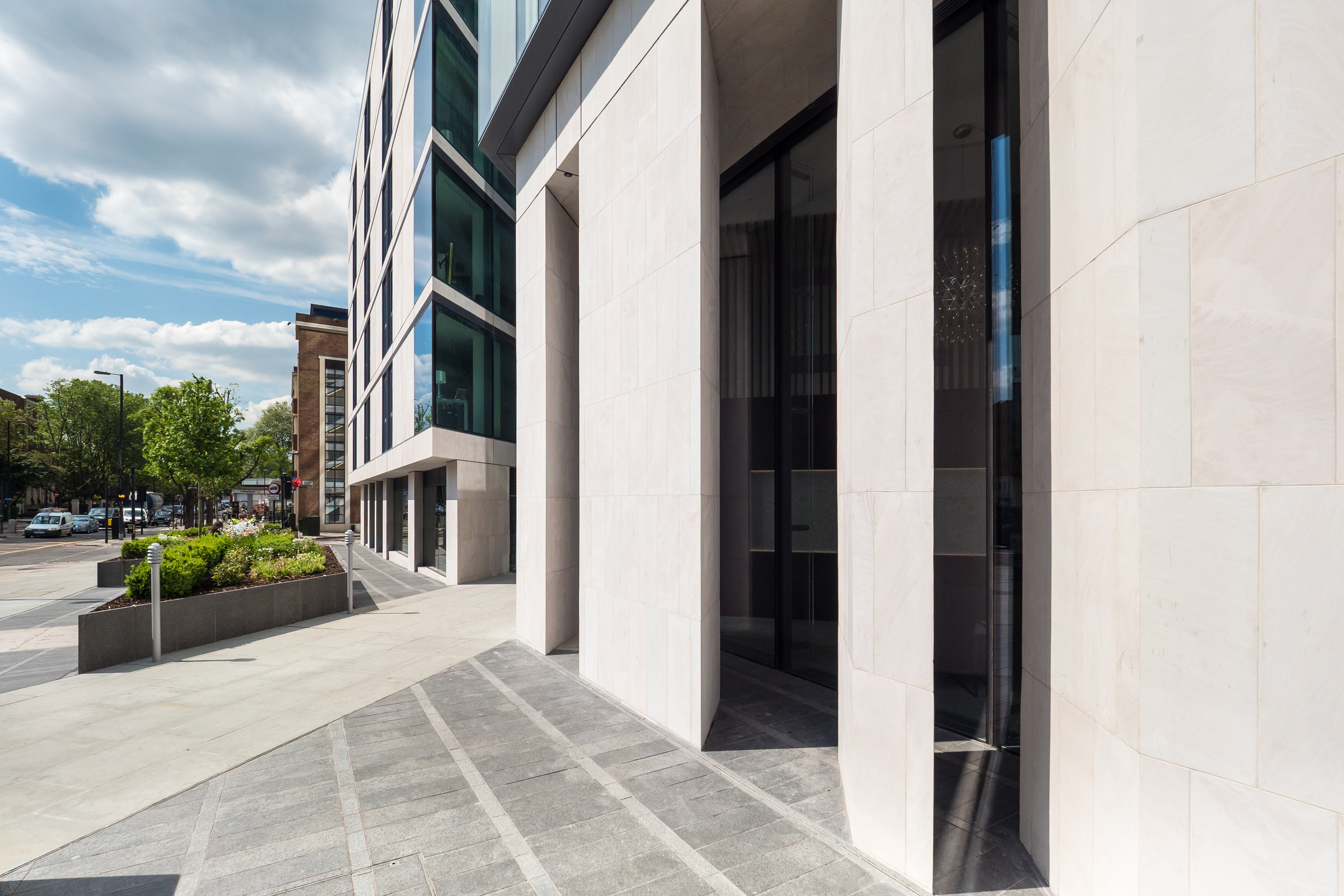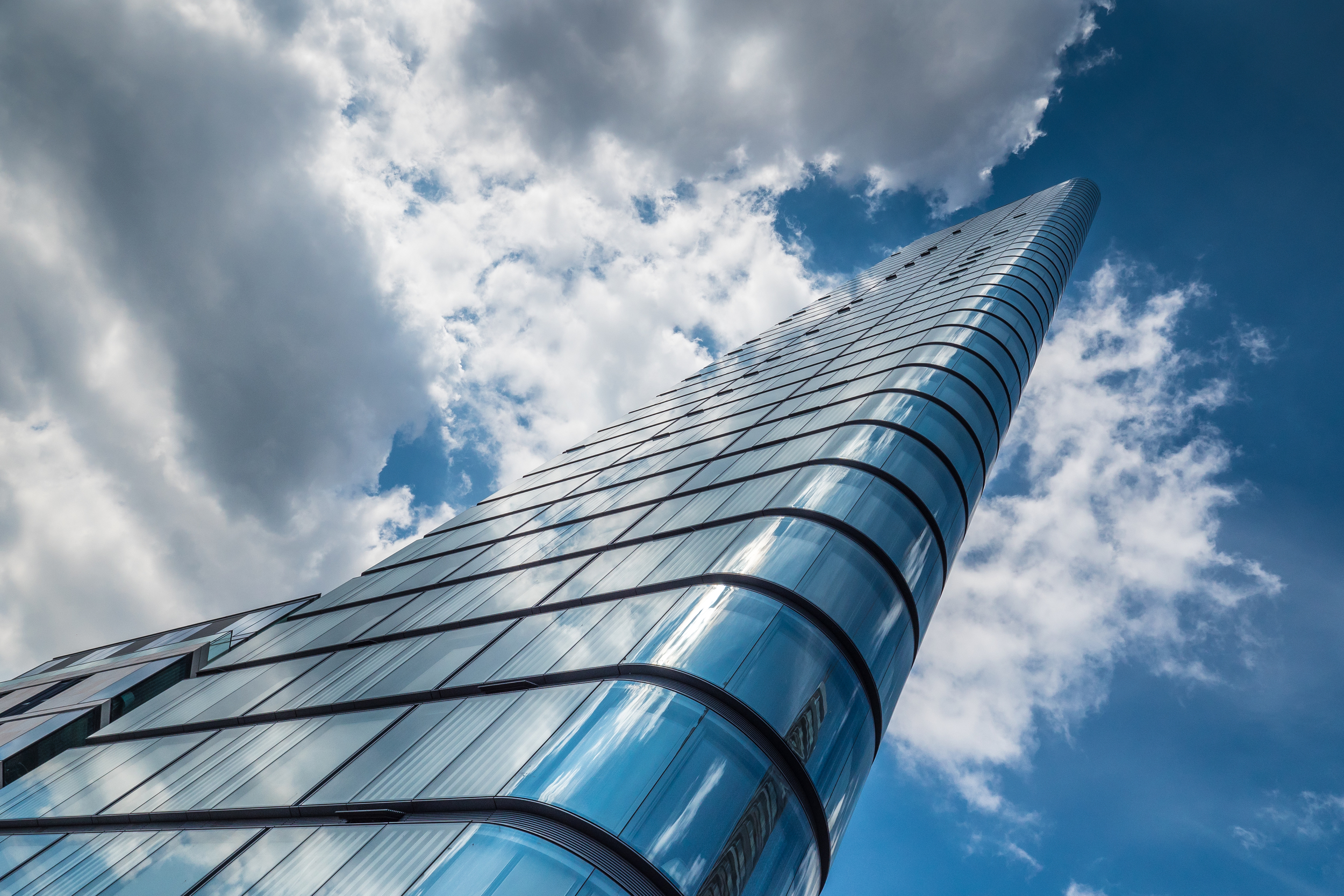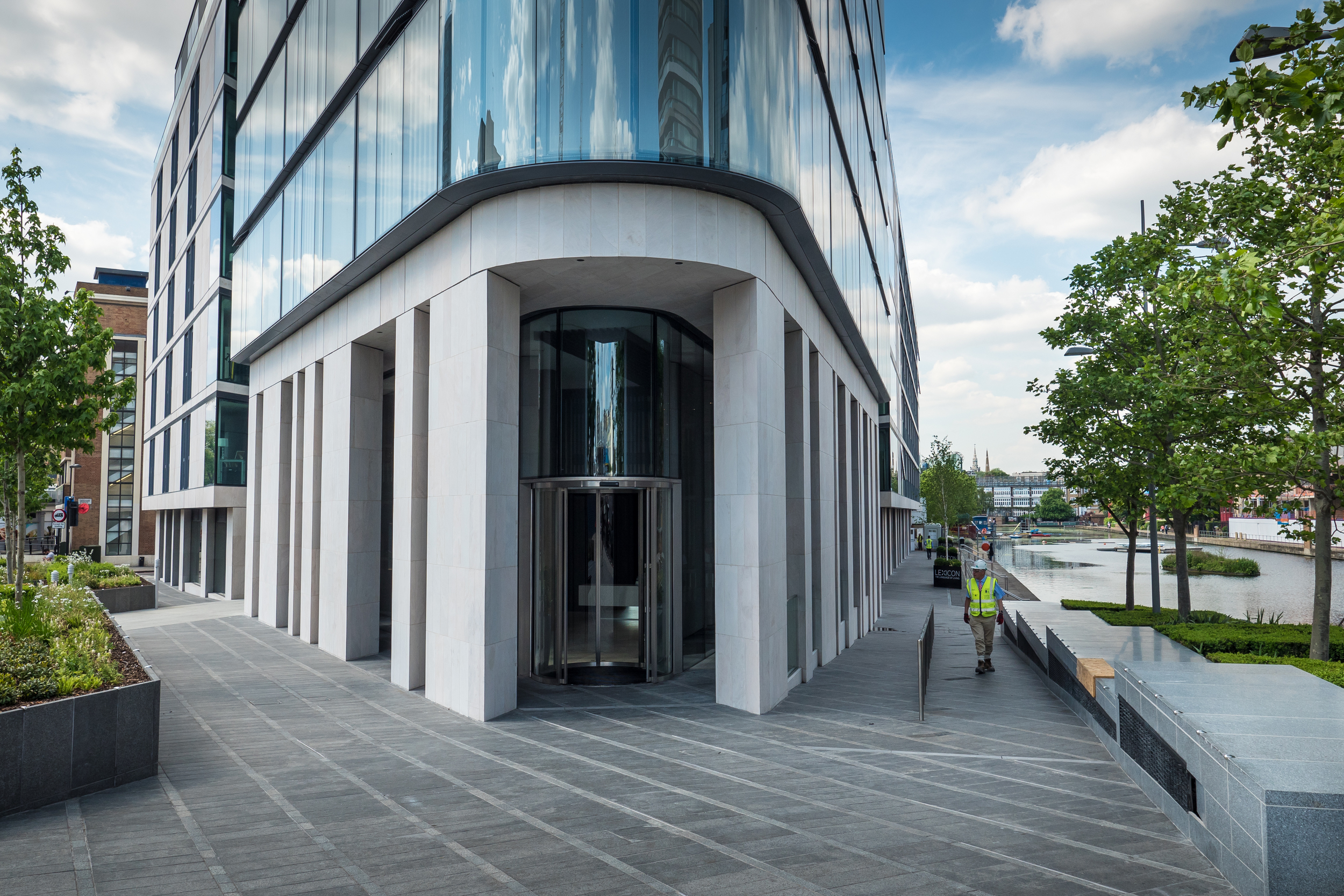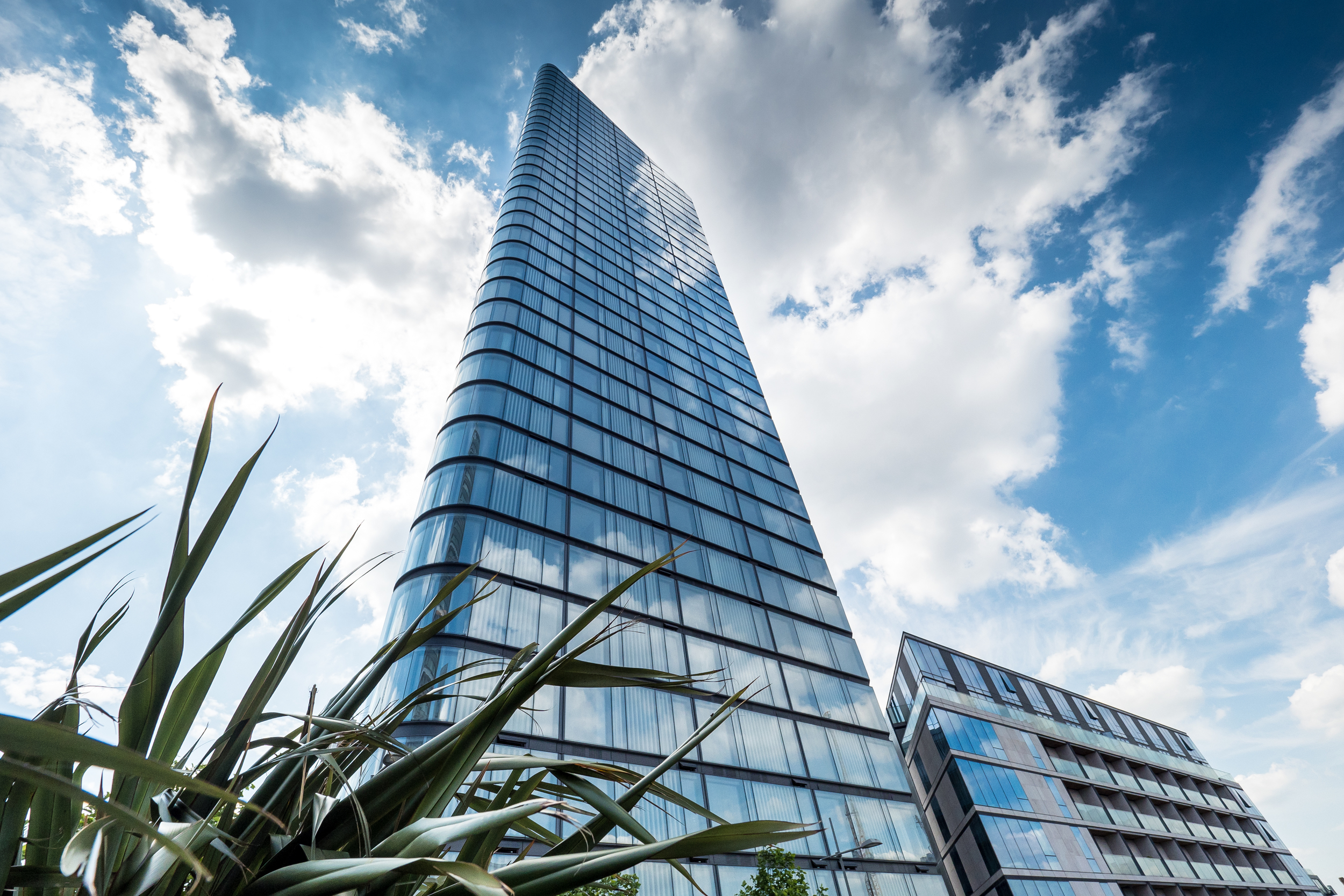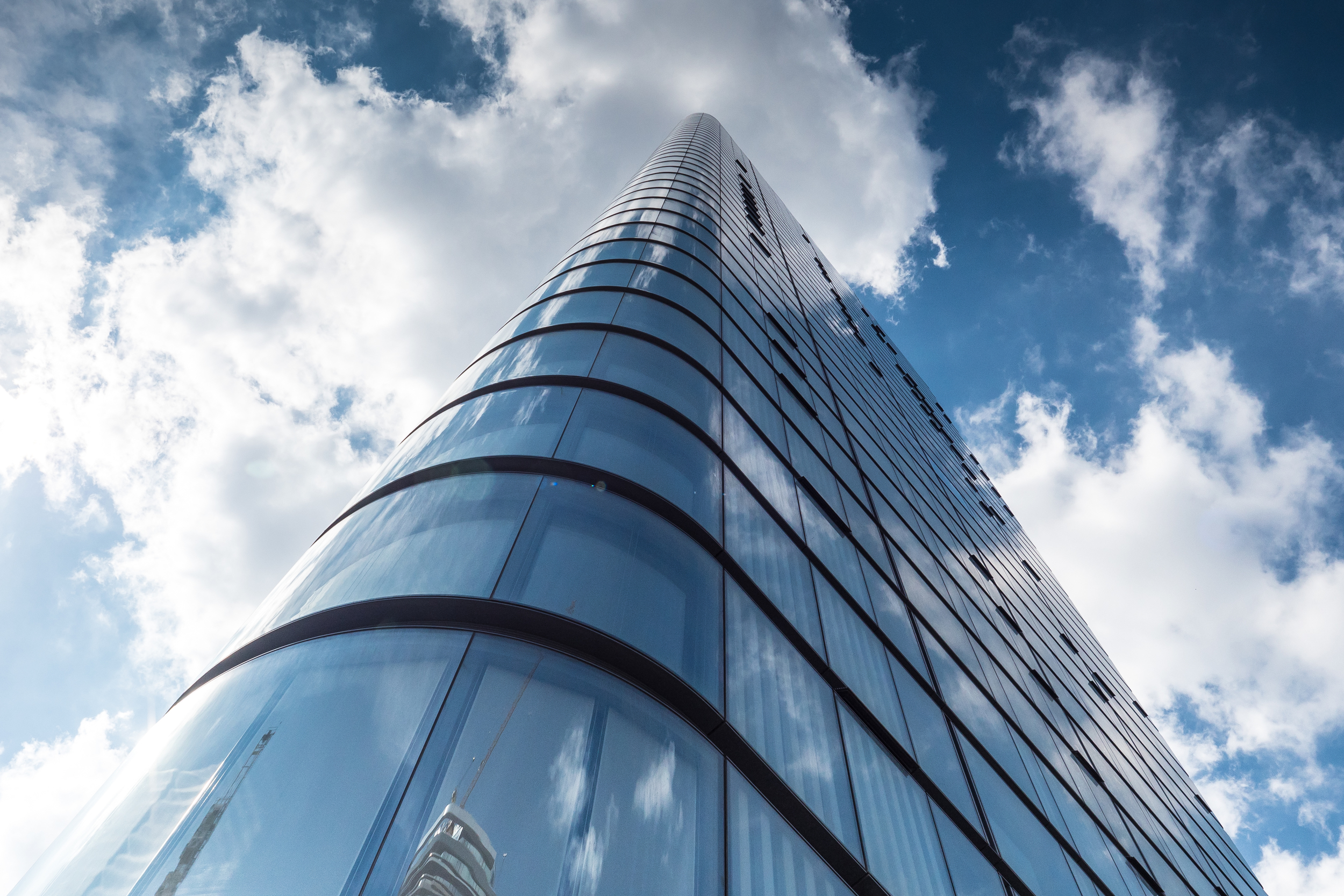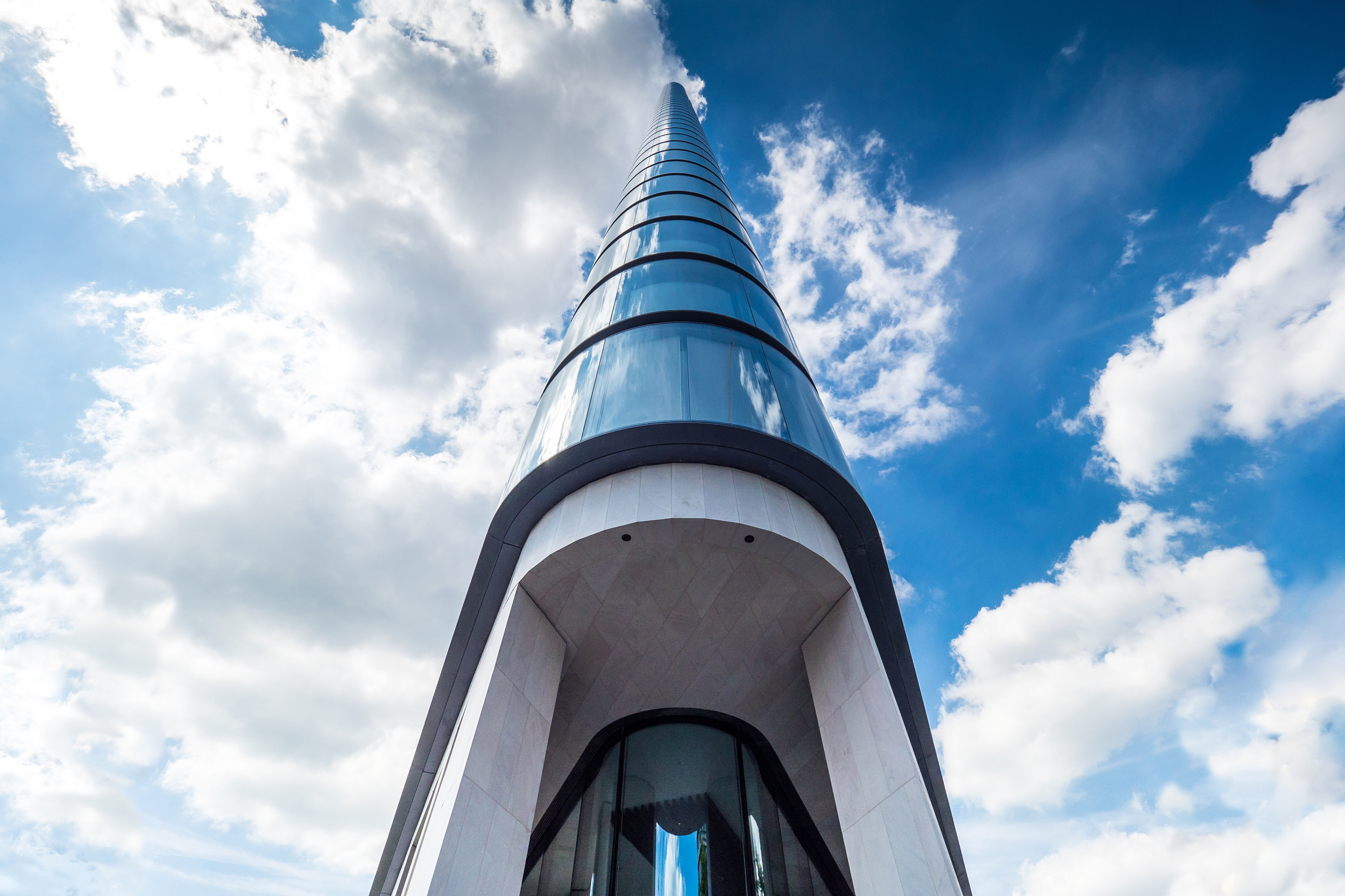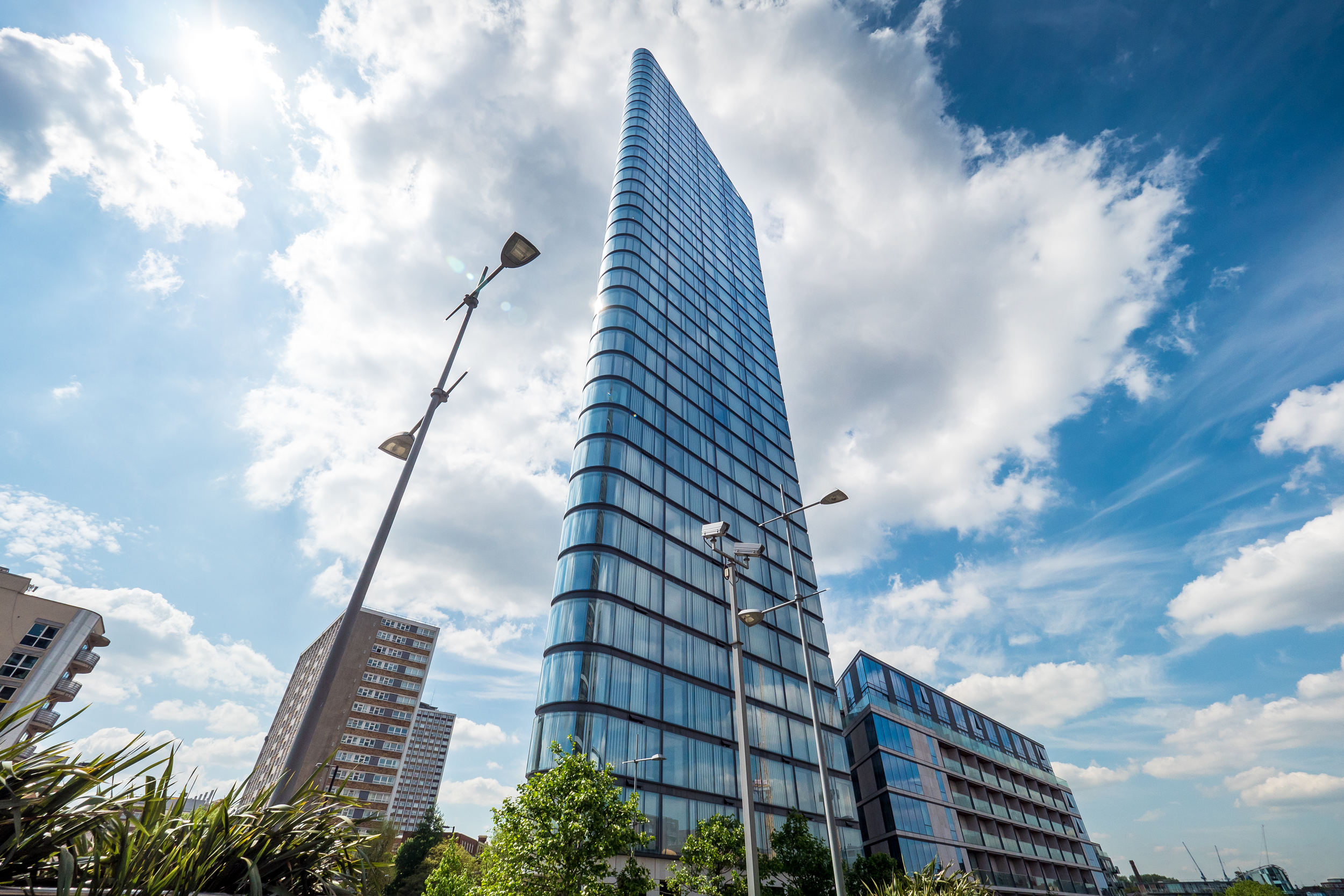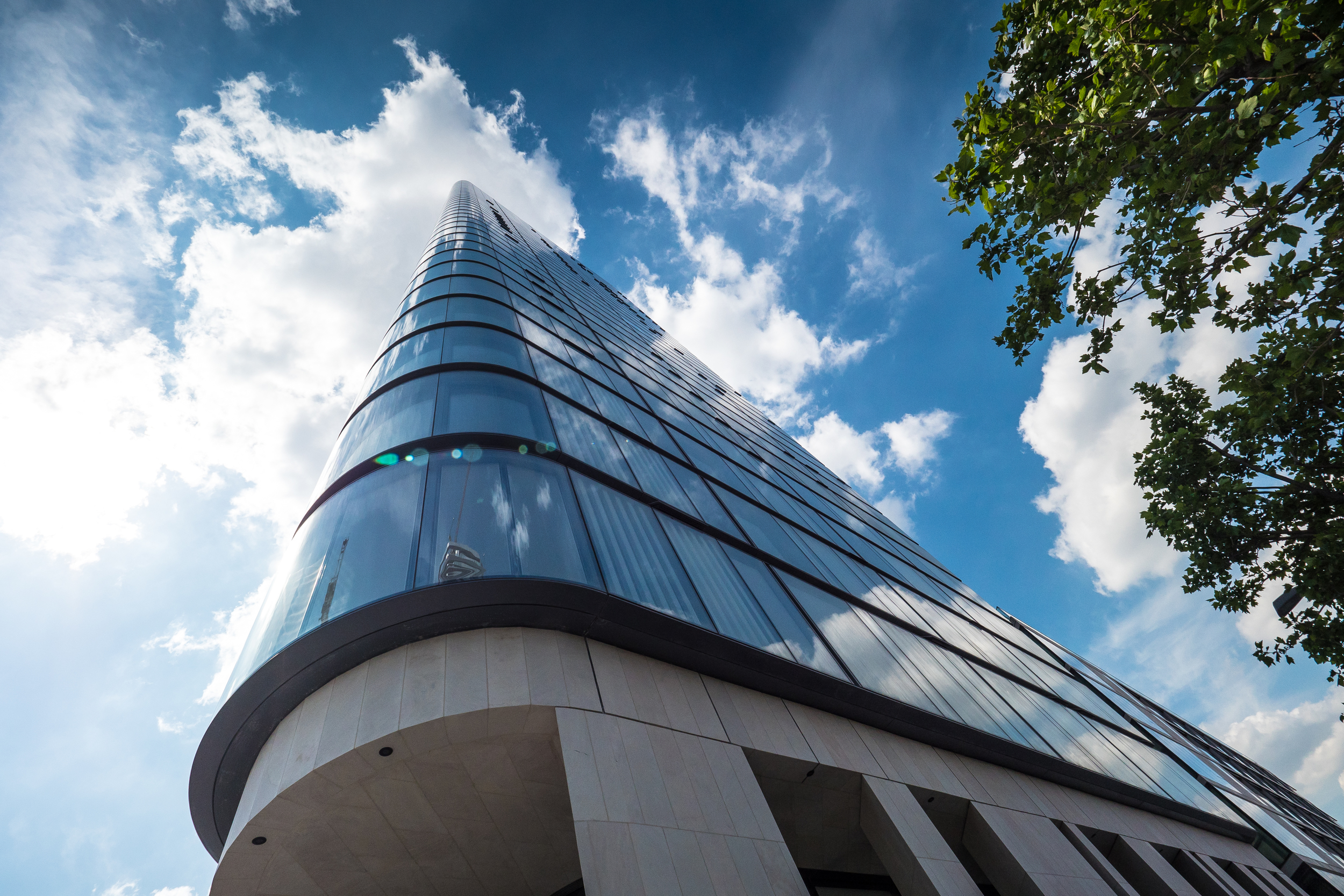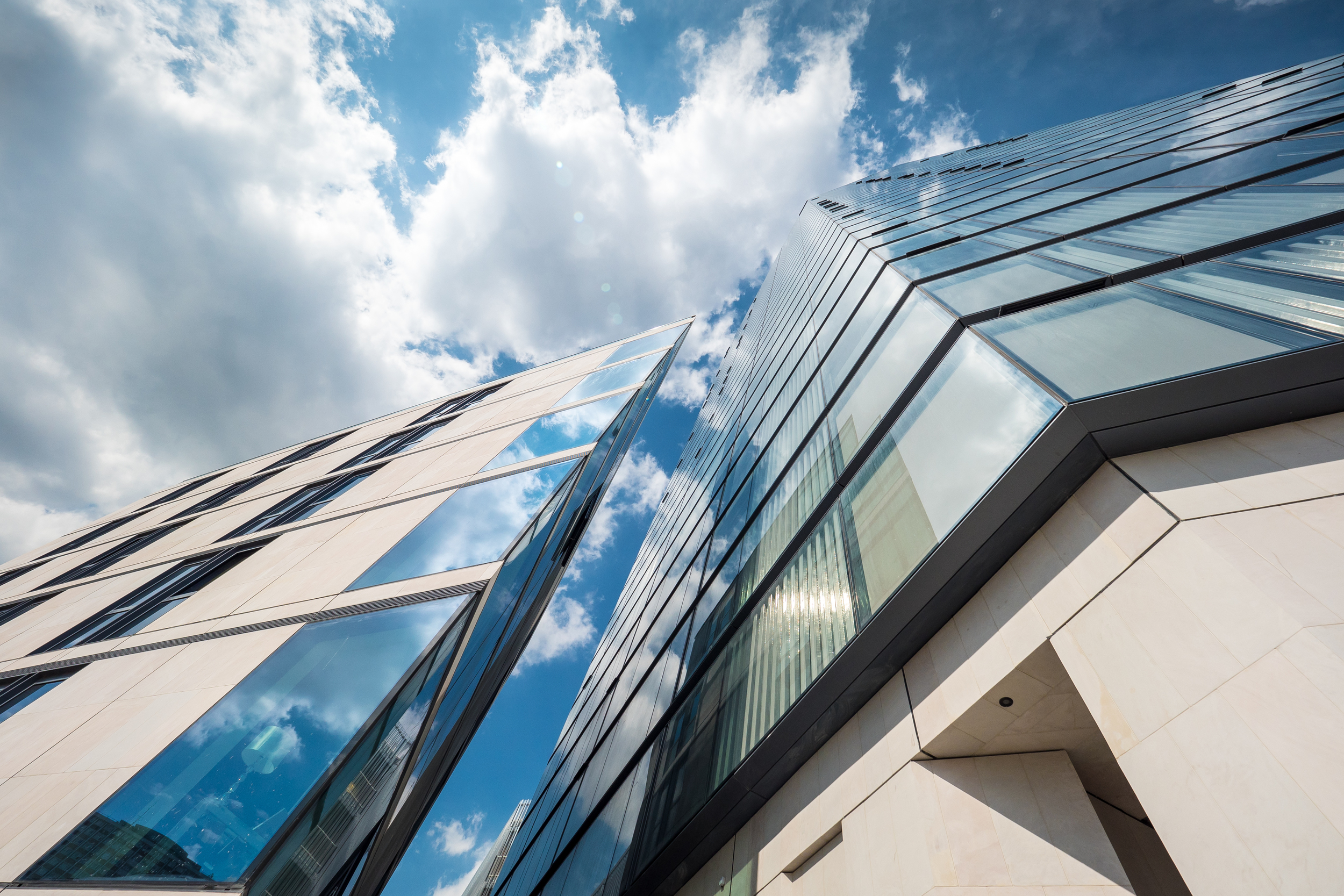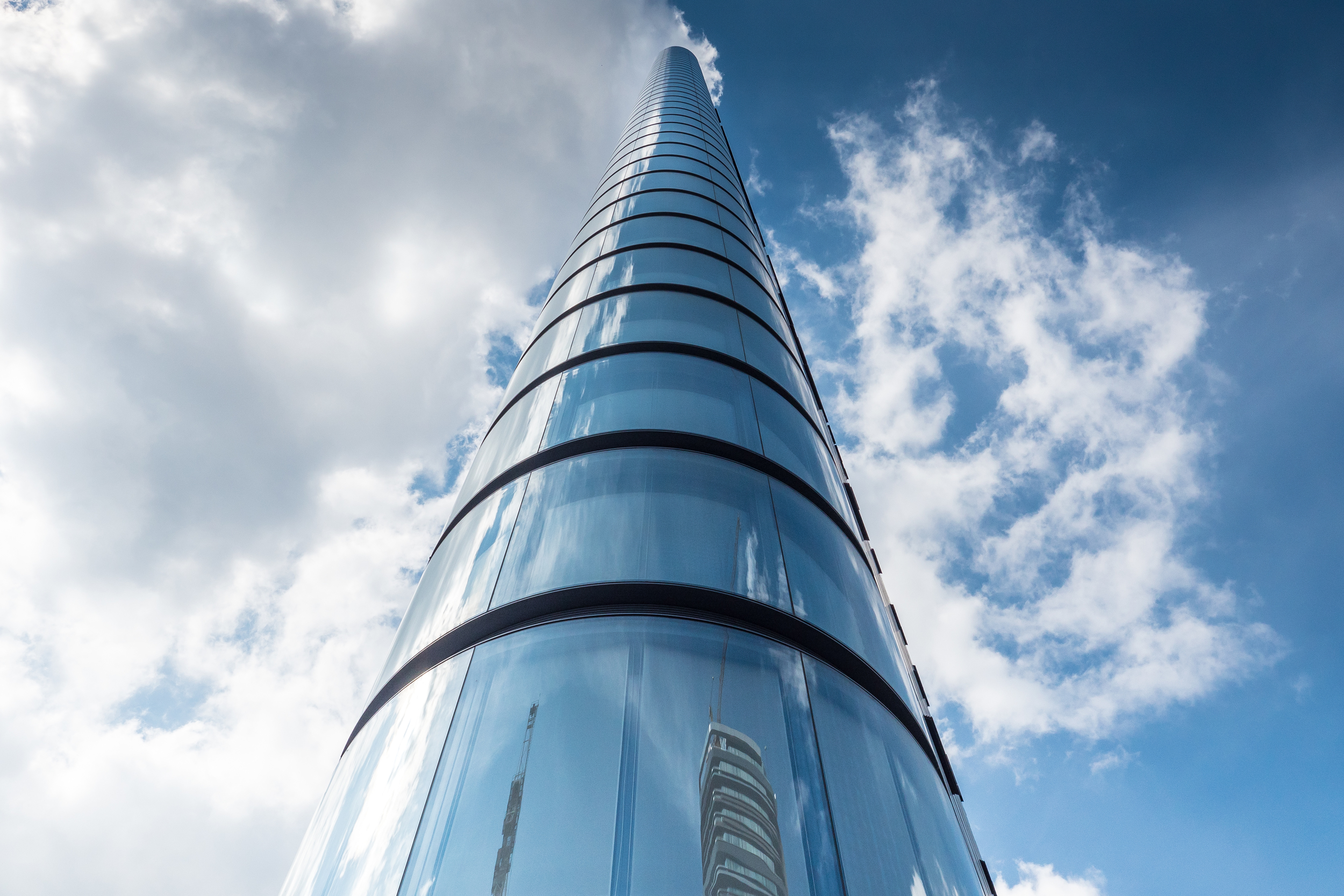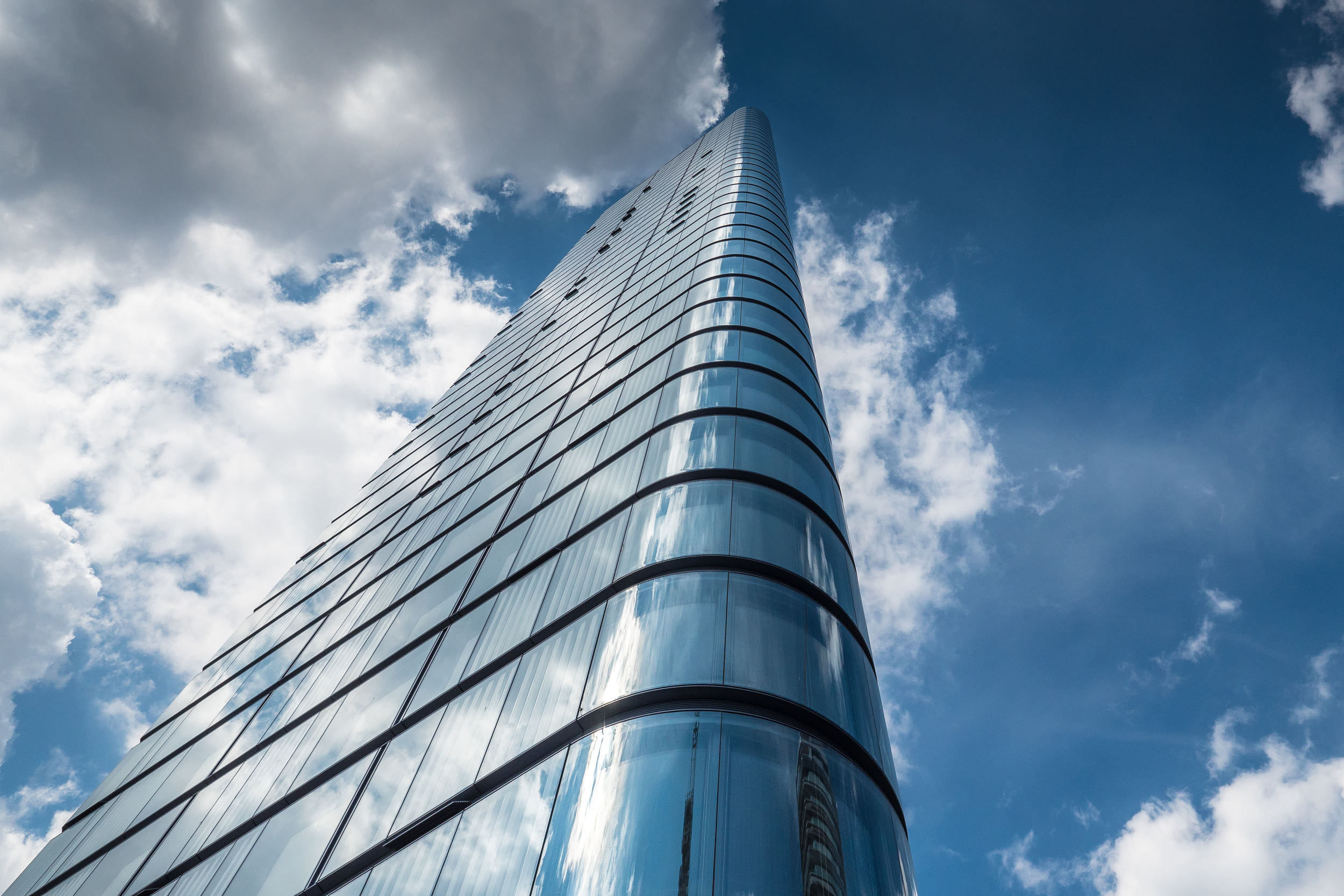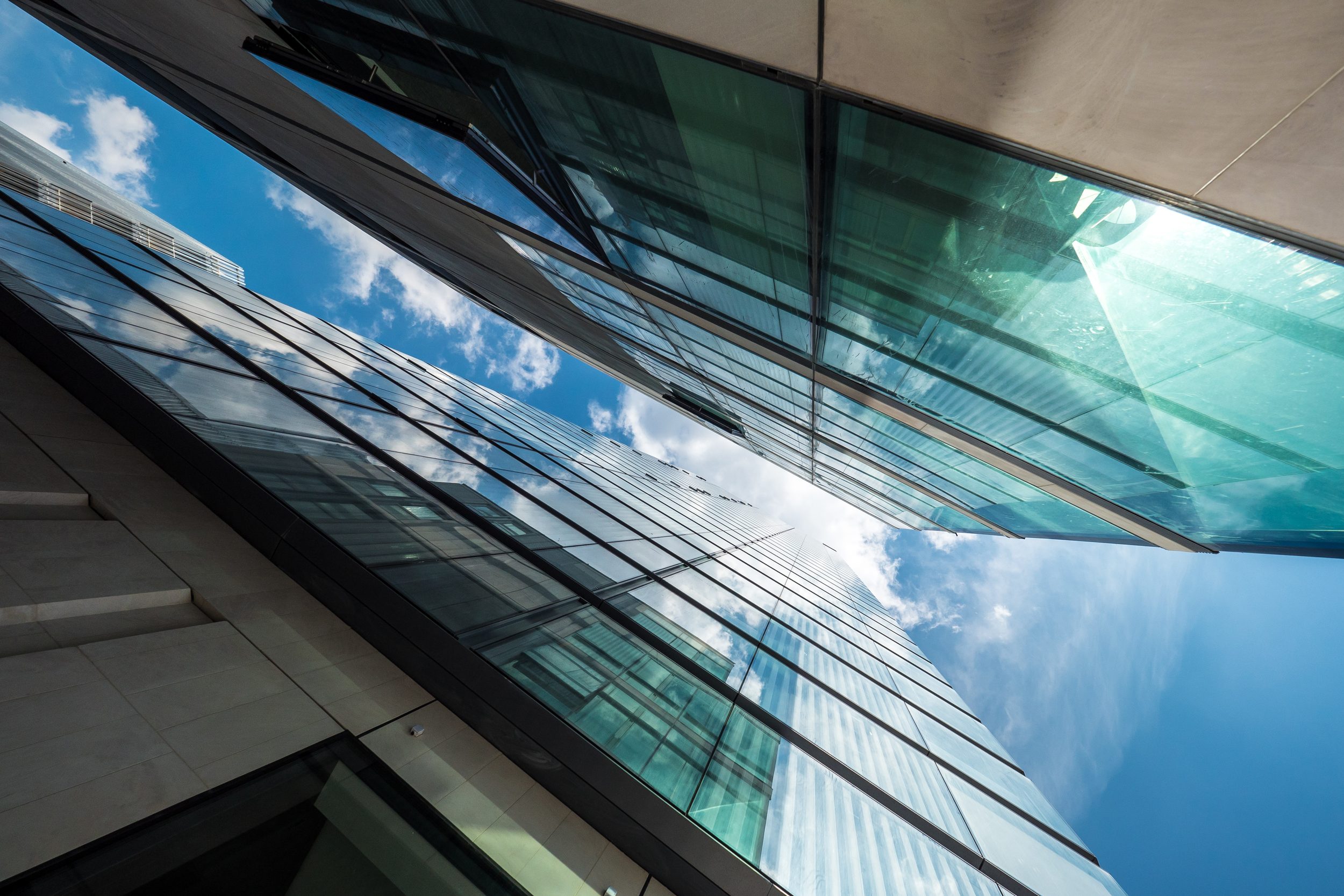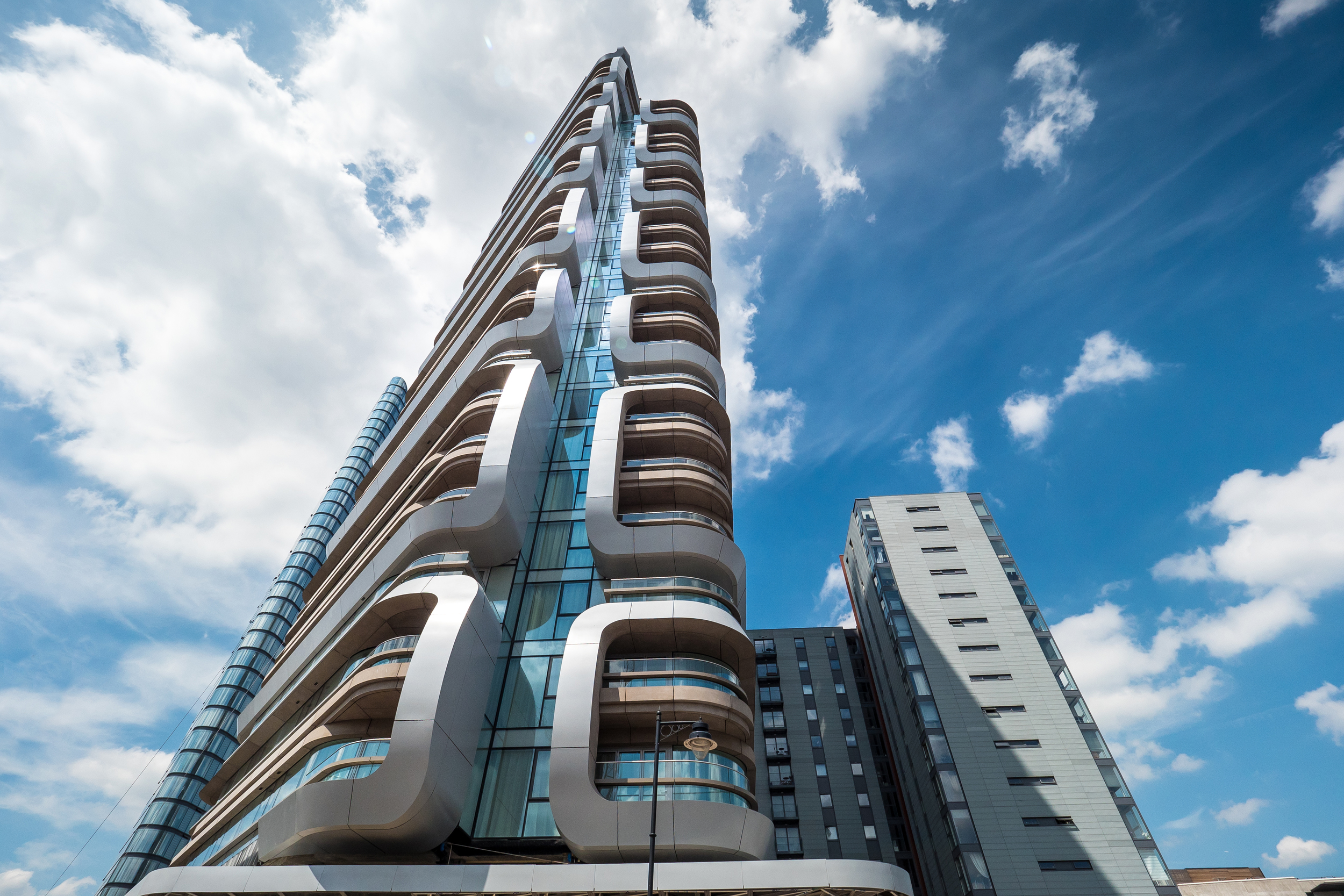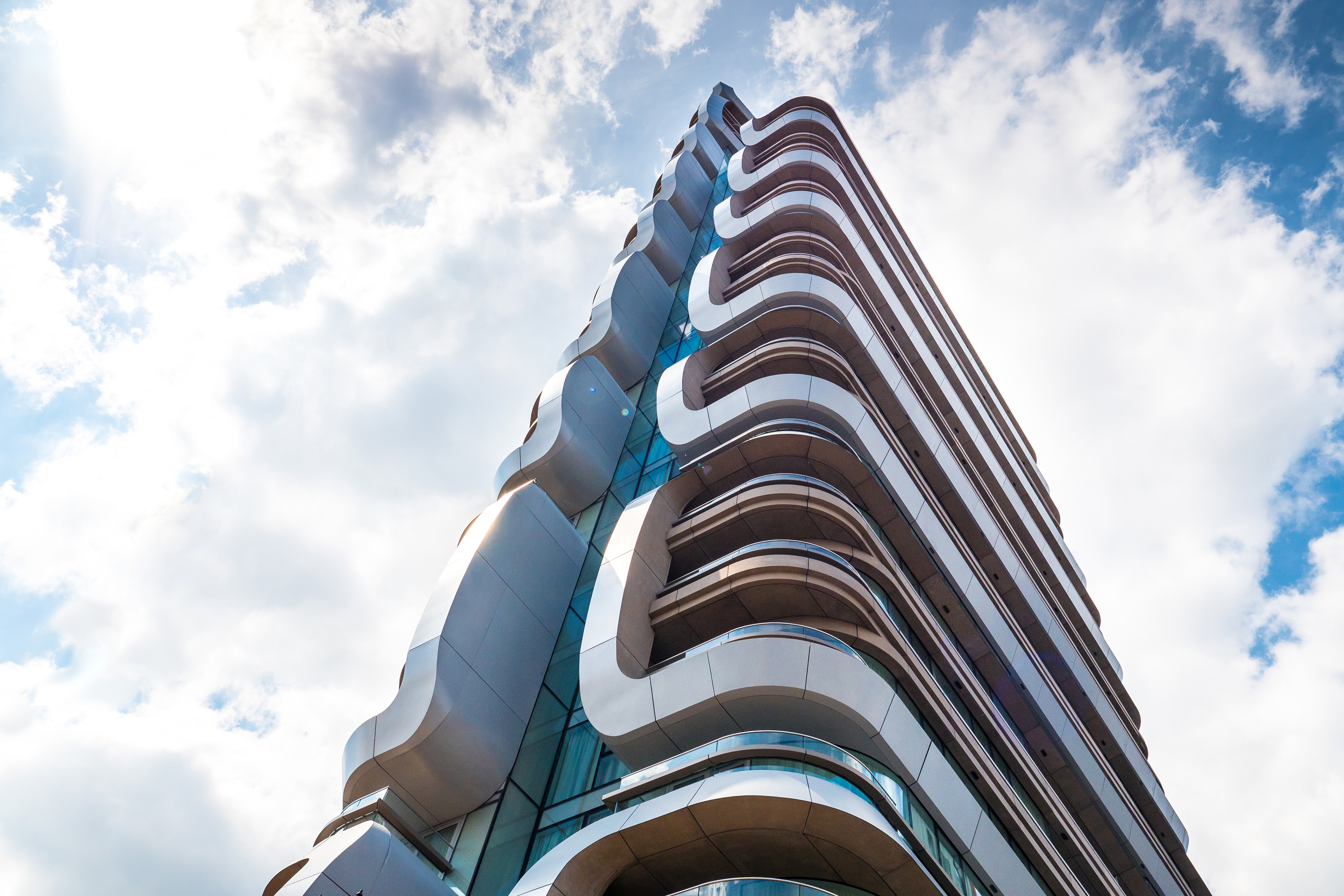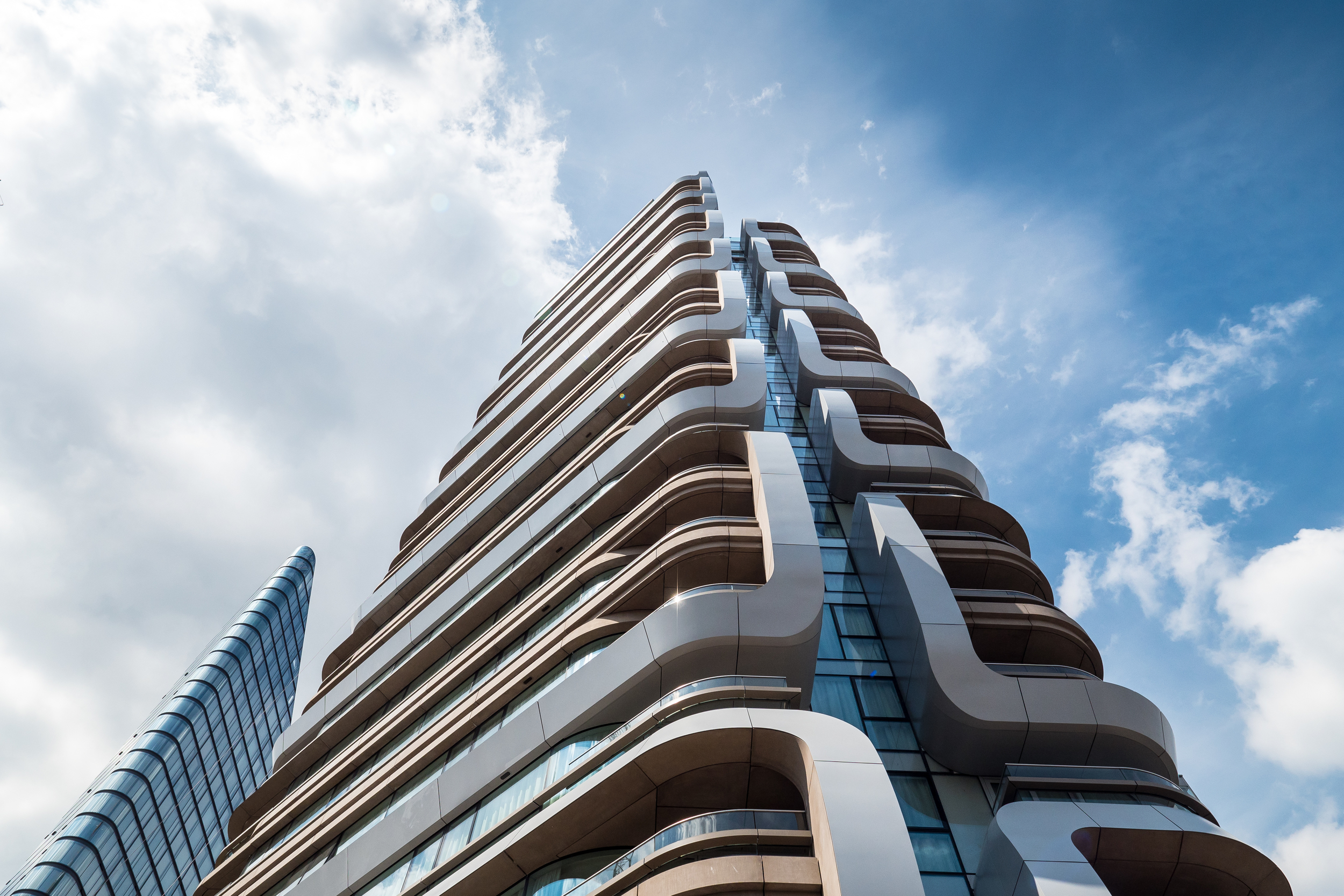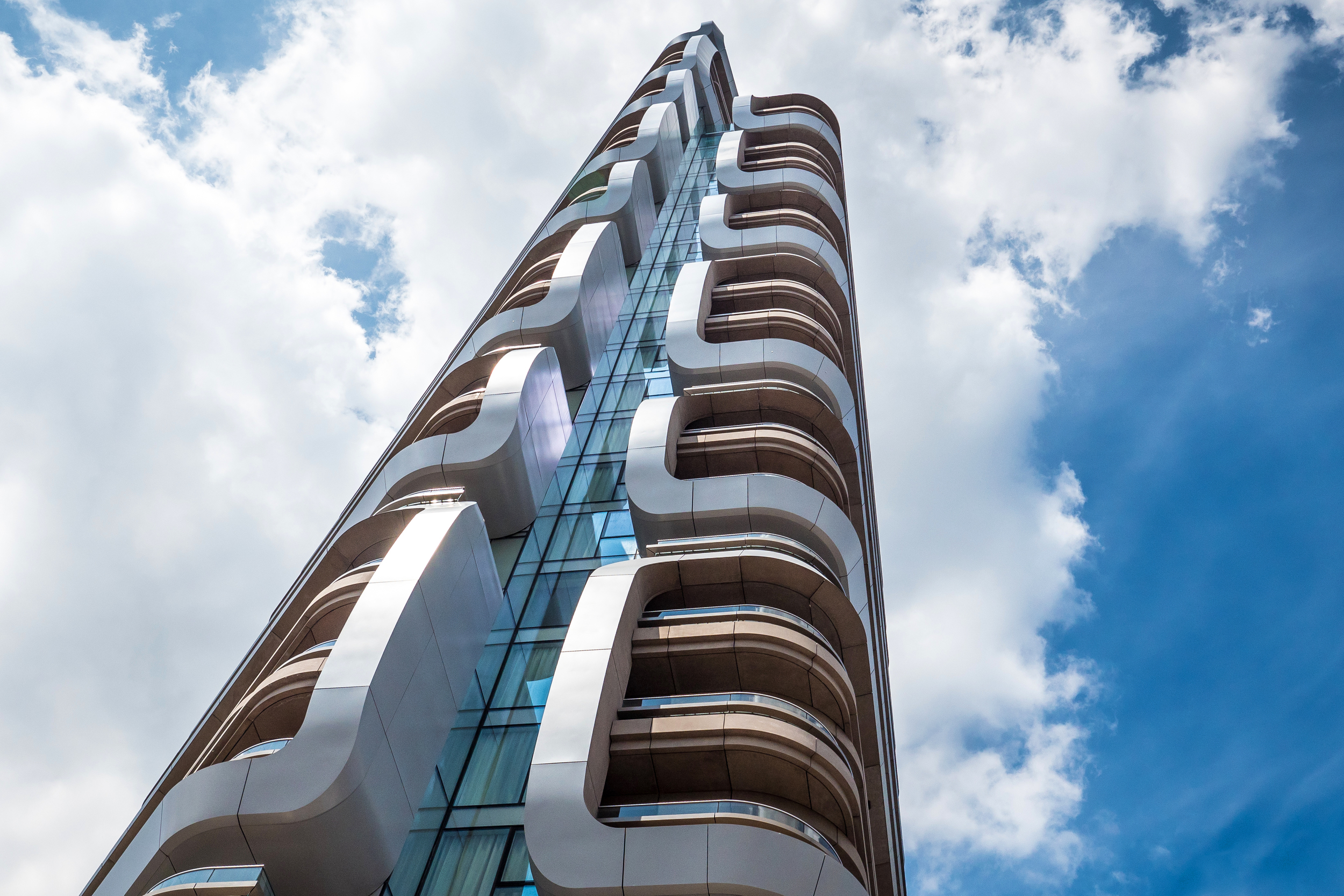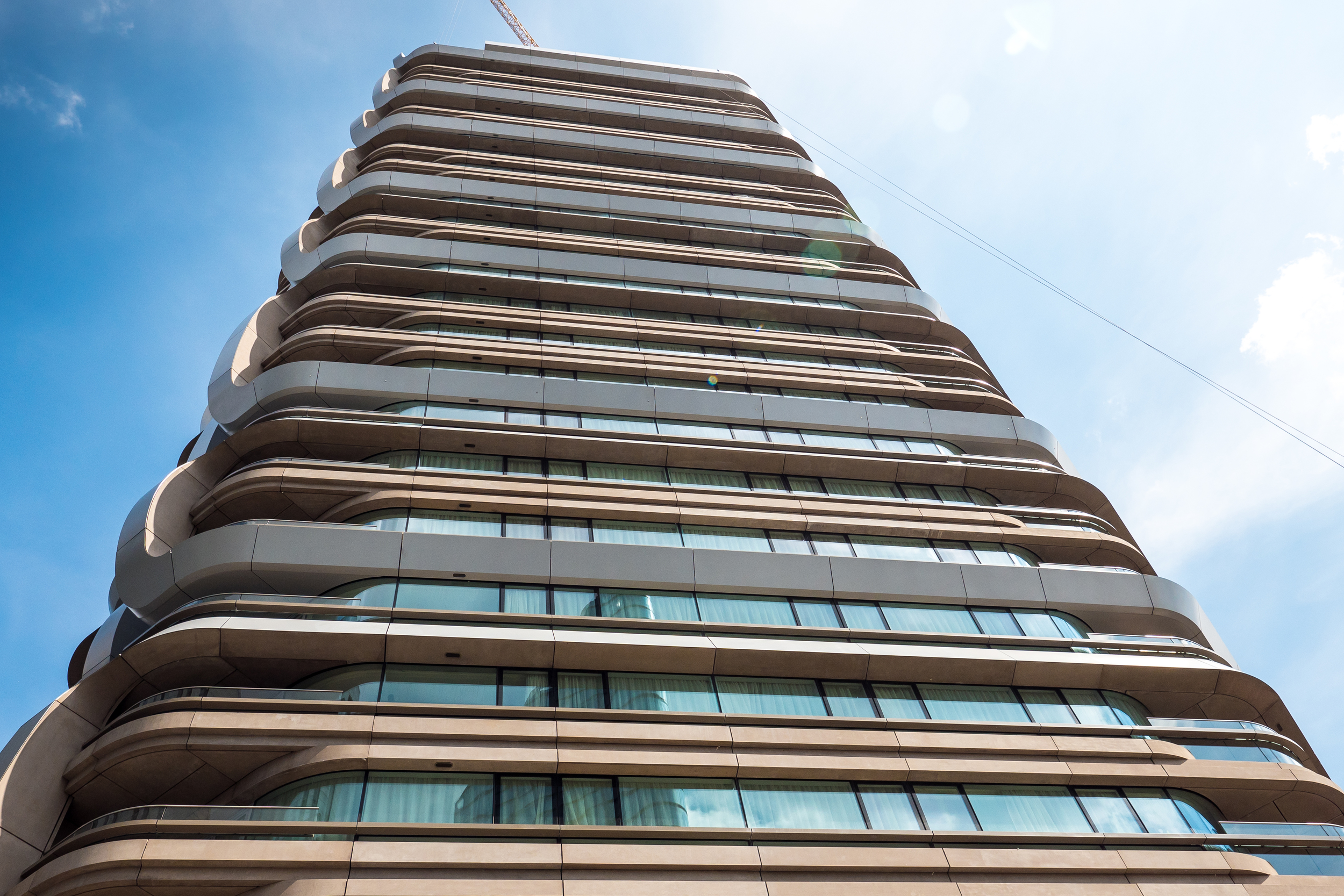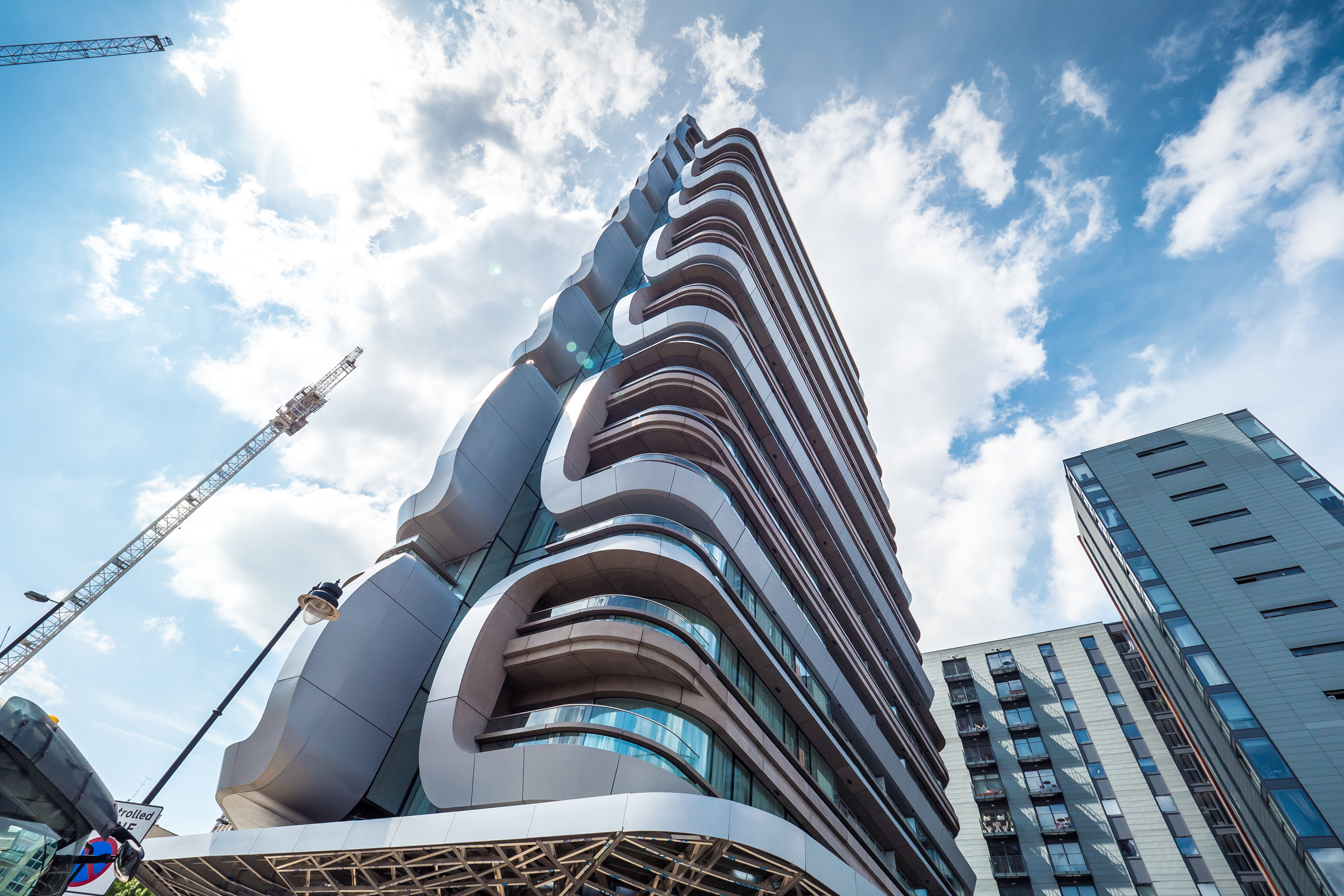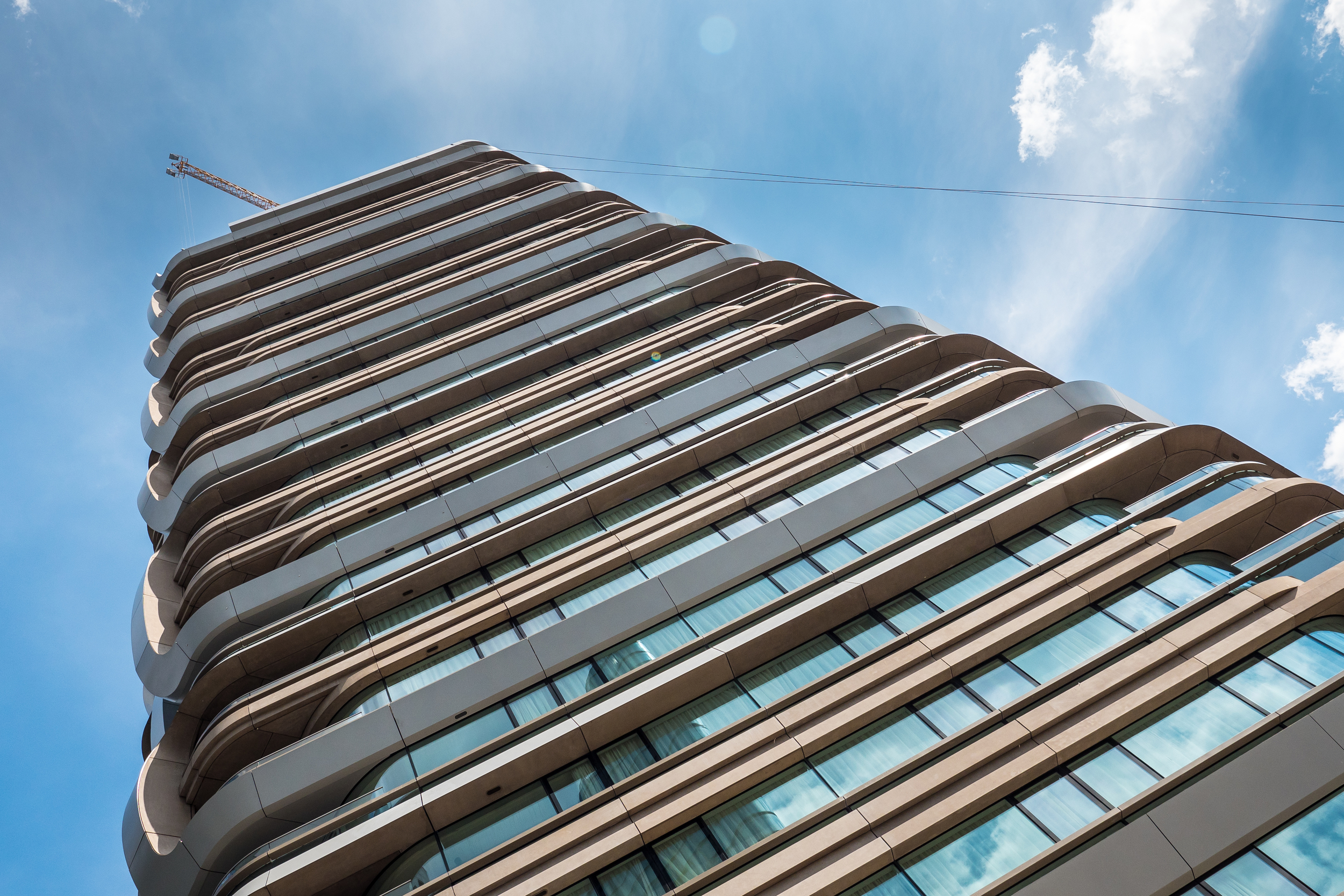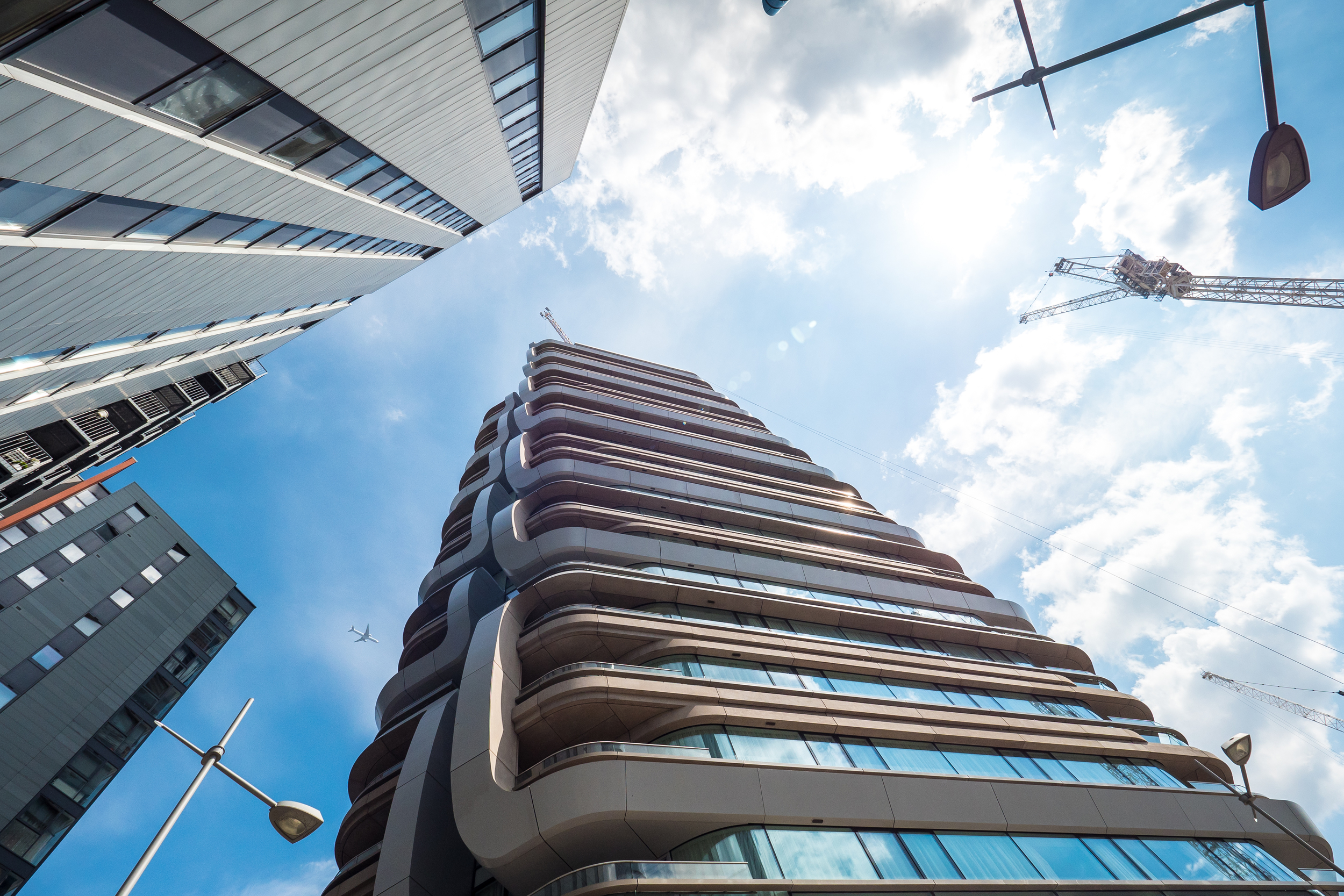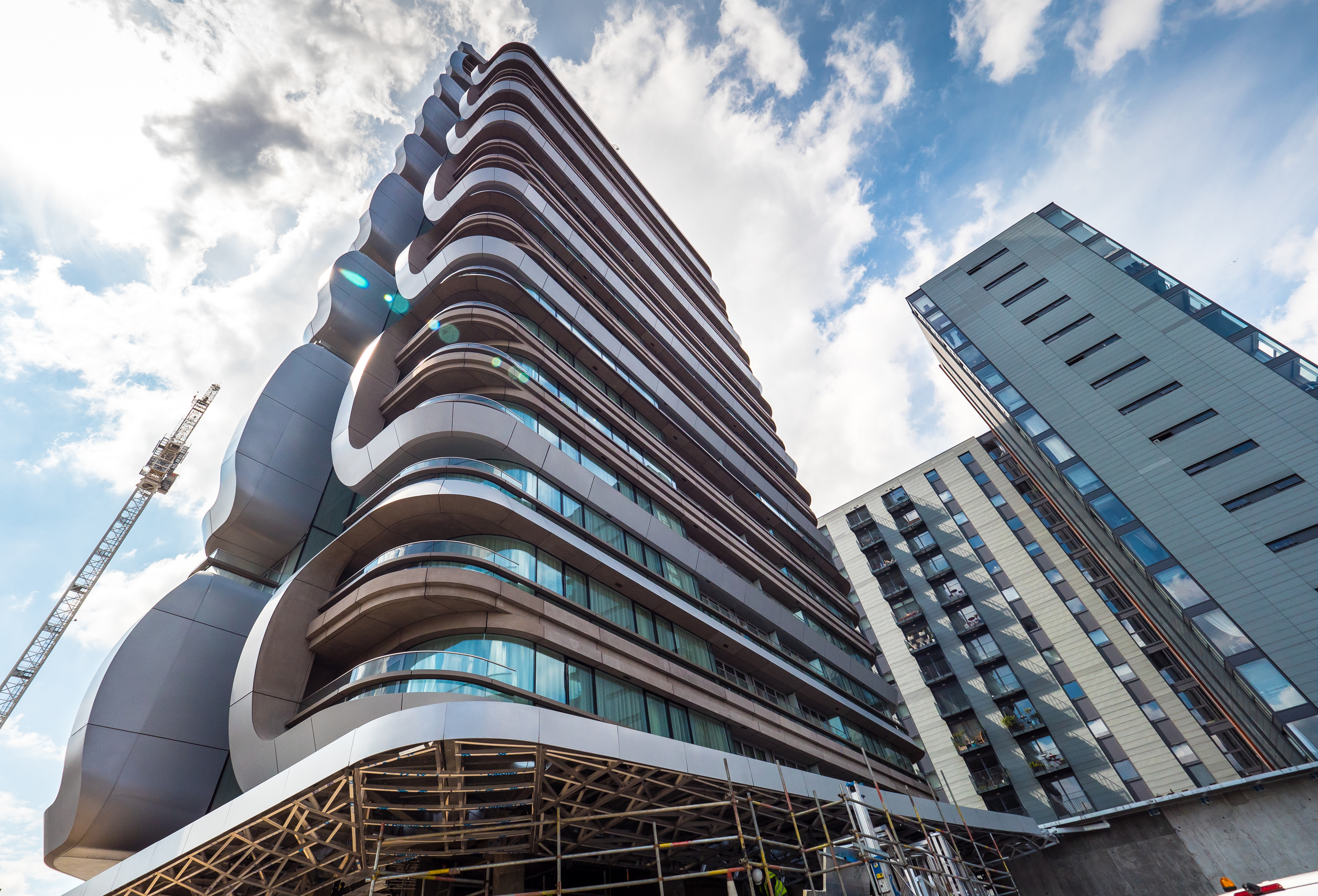Ok its no longer Friday! but lets not allow dates to get in the way of a catchy name. Being an architectural photographer living in London there's never a short supply of wonderful buildings to shoot and such abundance has led to several hard-drives worth of images. Rather than adding them directly to my portfolio i'll begin to share some exclusively here adapting a theme where possible. So here's the first five with this weeks theme focusing on up-close geometries in architecture.
5 Broadgate - Copyright © Alex Upton
5 Broadgate
Located in the City of London, Make Architects' 5 Broadgate building, home to Swiss Bank UBS, is a giant aluminium-clad office building which looks like it has descended from outer-space. The facade features a series of intersecting windows which appear as cuts in its ultra-modern surface. The irregular detailing makes for great close-up compositions.
10 Upper Bank Street - Copyright © Alex Upton
10 Upper Bank Street
This KPF Architects (Kohn Pedersen Fox Associates) designed tower in Canary Wharf inconspicuously blends in with the neighboring skyscrapers. What distinguishes it is the numerous white fins that run vertically down its facade 32-storey facade, up-close these can be contrasted with the lower glazed portion of the building as photographed here.
R7 Handyside
Injecting some colour into the already diverse, yet harmonious, architectural landscape of King's Cross is Duggan Morris Architects' R7 Handyside building. The building's metal-clad facade is composed of red and pink sections which contrast nicely breaking down the buildings large mass.
One Pancras Square
Another building forming part of the King's Cross masterplan is David Chipperfield's One Pancras Square. Its distinctive 396 cast iron columns recall traditional materials and structures and the woven patterns which adorn them are a "reminder of the site’s industrial past and a nod to Gottfried Semper’s theory about the role of weaving in the evolution of man-made structures." Here the structure is contrasted with some of the more traditional brick buildings which surround it.
The Francis Crick Institute
Staying in King's Cross here we have HOK Architects' Francis Crick Institute, home to one of Europe’s largest biomedical research centers. The building viewed from above is shaped like a giant X shaped chromosome. Here the fins stretching across the glass portion of the facade create some wonderful patterns when isolated from the rest of the building.
For image sales or prints of any of these photographs please contact me.
